It’s Mother’s Day 2022.
I have the overwhelming urge to offer a heartfelt hug to every mother struggling to get through the day.
These past few years have been a series of personal and societal gut punches. The global trauma/dumpster fire of COVID turned our collective anxiety and fear up to 11. Offering a hug now without donning a mask and showering in hand sanitizer seems reckless at best.
We’ve been more isolated than usual which is saying something for parents of children with special needs. The unknown is always the worst. The unknown became the new normal. We limped through it doing our best to protect and support our children. Sometimes we succeeded; sometimes we failed miserably in spite of our best efforts every time. Does everyone remember leaving our groceries in the garage for a couple of days because we didn’t know how long they could be contaminated? Was that really a thing? What just happened? I don’t have the distance on these past years to put them into perspective. I hope that happens some time. I’m not holding my breath.
Punch drunk.
That’s what came to mind recently when I was struggling to finish a sentence directed to my older daughter while looking for paperwork I forgot to send to school and wondering if Eliza got all of her morning meds and why did I come into this room? Would someone PLEASE call my phone? No, I can’t find it again. Don’t judge me. Just. Call. It. Why is my pocket ringing?
I’m punch drunk. To clarify, I do not mean a warm fuzzy feeling after sipping two paper cups of pink froth ladled from a glass bowl at the prom.
I mean something similar to this:
Where am I going with this, you ask? Wasn’t there a hug offered somewhere in this murky stream of consciousness? (I literally just forgot how to spell “consciousness.”)
Fair questions.
This is the moment that inspired my most recent urge to hug mothers everywhere.
I have the good fortune to speak frequently to parents of children, teens, and young adults with disabilities. A few weeks ago, I spoke with a mother of teenager in high school. The mother called asking for guidance on planning her daughter’s summer activities. She had a checklist with a list of questions. She was polite and professional. When I answered a question, she ticked it off of her list and moved to the next one. She had done her homework and then some. To an outsider, we could have been checking a grocery list or comparing car prices. As a fellow parent of a complicated kid, I recognized the depth of love embedded in each carefully written word, in each checkmark.
There were several questions without answers. Her plan wasn’t “perfect”. I honestly didn’t have much more to offer her. I made a few notes for follow up later. As the call ended, I could see she was struggling with some of the open-ended questions.
I know that feeling. The unknown is always the worst. We research. We ask questions. Sometimes the answers are insufficient. Sometimes they are nonexistent. But, we need them. We struggle.
“I need to tell you something,” I began. “You are doing a fantastic job advocating for your daughter.”
She glanced up from her notepad to look at me closely.
I continued, “You’re very thorough. You’re asking the right questions. You’ve clearly thought this through. This is not an easy process. I wish it was easier. Just because it’s difficult does not mean you aren’t doing exactly what you should be doing. I really it was easier for you and for her.”
The mother was very still for a several seconds. I thought I had offended her. What had I just said? Did something come out wrong?
Her face softened. She sniffed. She reached off camera for a tissue. I sat with her in silence while she wiped her eyes.
“I’m not the same as I was before,” she said softly. “I’m not like I used to be.” It was almost a confession. Something hard to reveal to me, to herself.
Her revelation touched me deeply. I recognized this confession. I’m not the same I was before either. In my moments of dark humor (a must-have trait for moms of complicated kids), I say “I am a shadow of the shadow of my former self.”
When this feeling threatens to take me down (again), I look to the mothers who befriend me, inspire me, cheer me on, feed me, listen without judgment, hand me a box of kleenex, and walk a mile with me despite the sudden storm because it’s my daughter’s birthday and I am just angry at the sky and life and go ahead and strike me with lightning, see if I care.
“You aren’t the same as you were before,” I acknowledged. “You can’t be. You’ve been through a lot. You’ve learned a lot. If you were the same, you wouldn’t be able to do what you do for her. You’re more than you were before.”
Sometimes we need to hear what other people see in us.
“You are a tremendous advocate for your girl. You are a fantastic mom.”
She smiled a little and cried a little more. She shared more about her family and all of the things going on in their lives. She thanked me for my kind words. I told her I just call them like I see them. We scheduled another time to talk and said goodbye to continue our separate good fights.
I found myself thinking a lot about our conversation.
“I’m not the same as I was before.” The sentence echoed in my head as I went about my days, looking for my phone and missing appointments. It resonated. Frankly, these words would not leave me alone. I had to find a response.
Here goes: Ok, I’m NOT the same as I was before. How could I be? I’ve stood toe to toe with doctors, therapists, teachers, experts for well over a decade. I’ve lost days (ok, months) of consecutive hours of sleep. I’ve learned medical jargon to keep up with referrals and follow ups and procedures. I’ve done seizures, nearly fatal asthma attacks, therapies, conferences, g-tube feeds, moves, unemployment, mental health challenges, middle of the night ER visits, serious illness, loss of my mother, death by IEP meetings in 5 states, COVID, desperate – sometimes successful – attempts to keep my children mentally healthy during COVID, starting over again and again and AGAIN. It’s a lot and it’s a lot to share with others.
If I had remained the same, it would mean I had not learned anything from these experiences. I know myself. If nothing else, I am a good student.
So today, I offer this to you and, to myself.
Maybe what we can give ourselves and our fellow beloved mothers is the gift of reclaiming these words for what they are.
We are not the same as we were before. This is a badge of honor. Our motto. Our logo. The words of our first (or 12th – no judgement) tattoo. The signature line. The introduction. The epitaph. A signal of how far we have come, how hard we try on a daily basis. A line in the sand before those who do not understand. The source of great pride spoken loudly and freely to whomever will listen and yelled at those who won’t.

We are more. We are more human and everything that being human entails. (Stronger, wiser, wearier, slightly less hygenic – maybe that’s just me, wildly more attractive, meaner when we have to be…you get the drift.)
You are so much more.
With a full heart, open eyes, and open arms, I wish for you the courage to be proud of yourself and everything you do for others. I wish for you the same kindness for yourself. My virtual hug to you from the interwebs.
Happy Mother’s Day!

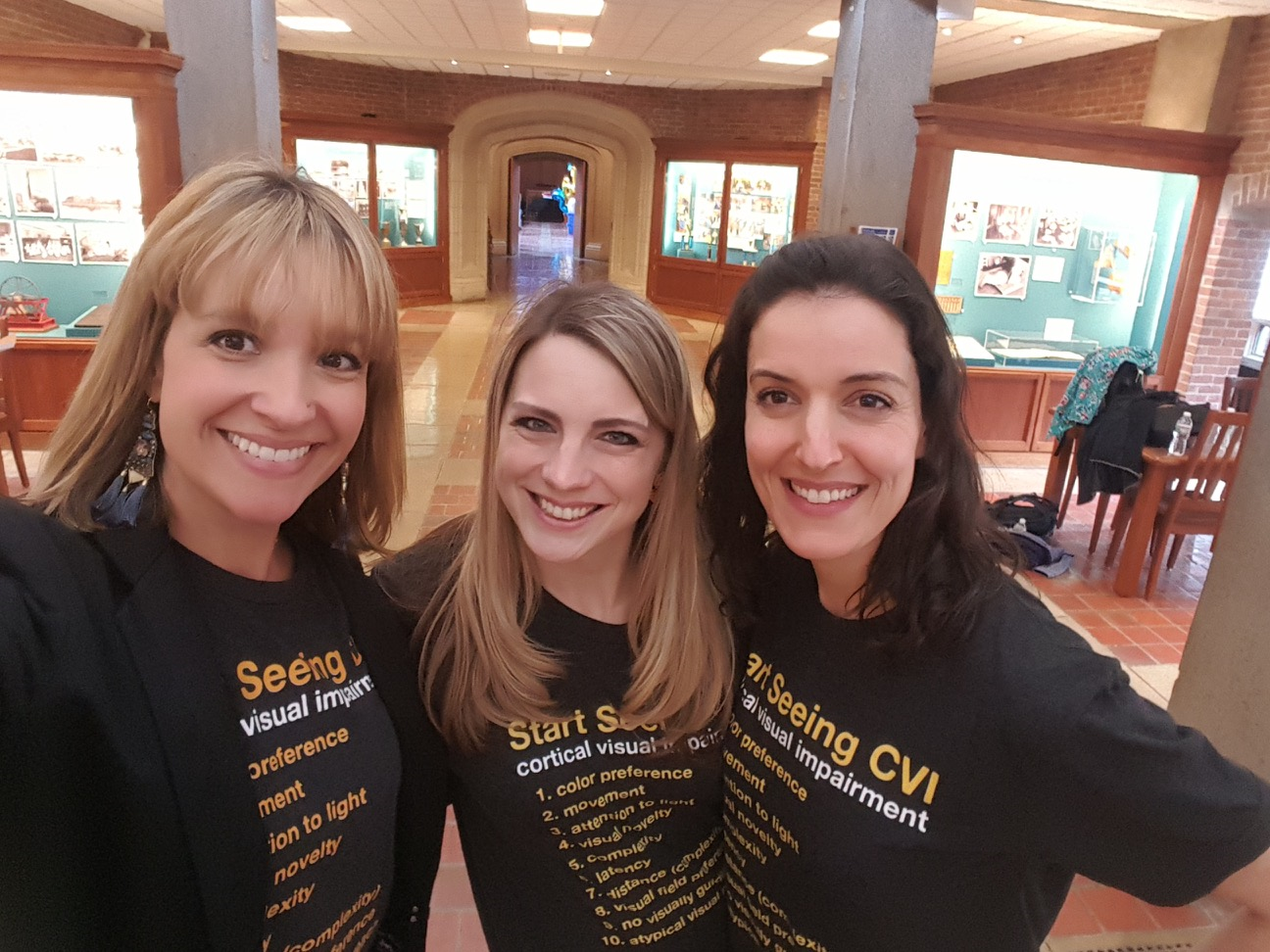
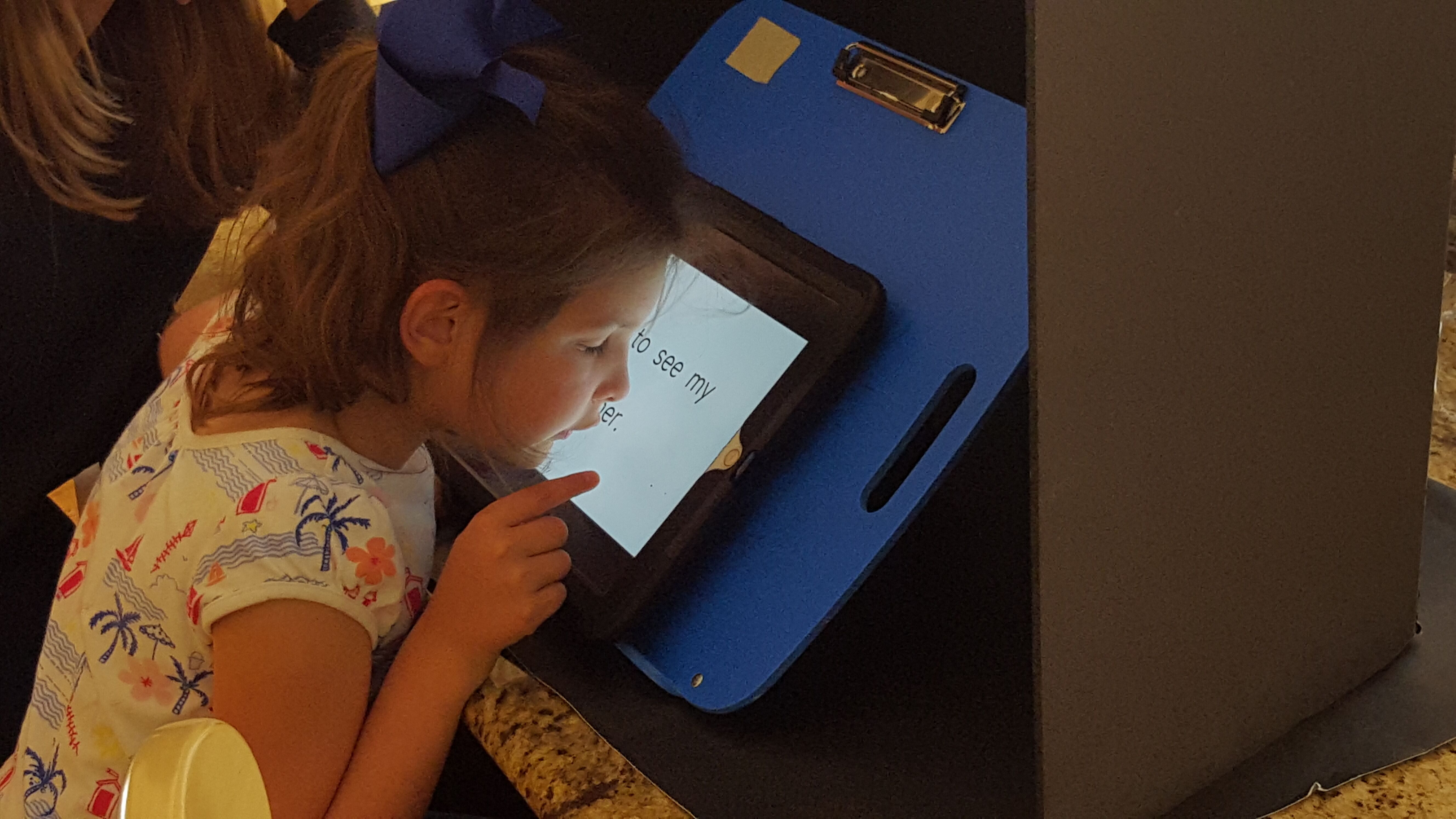
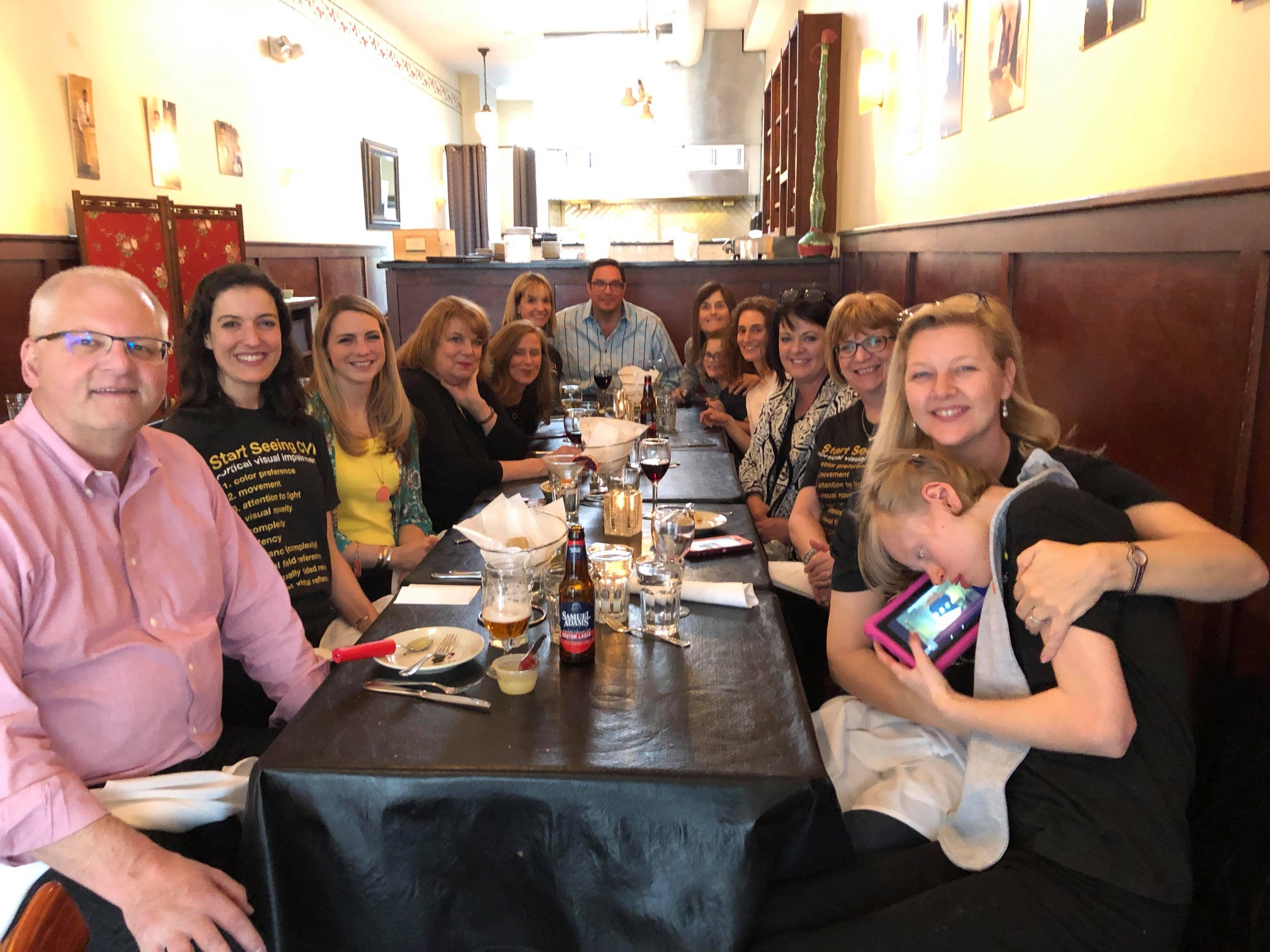
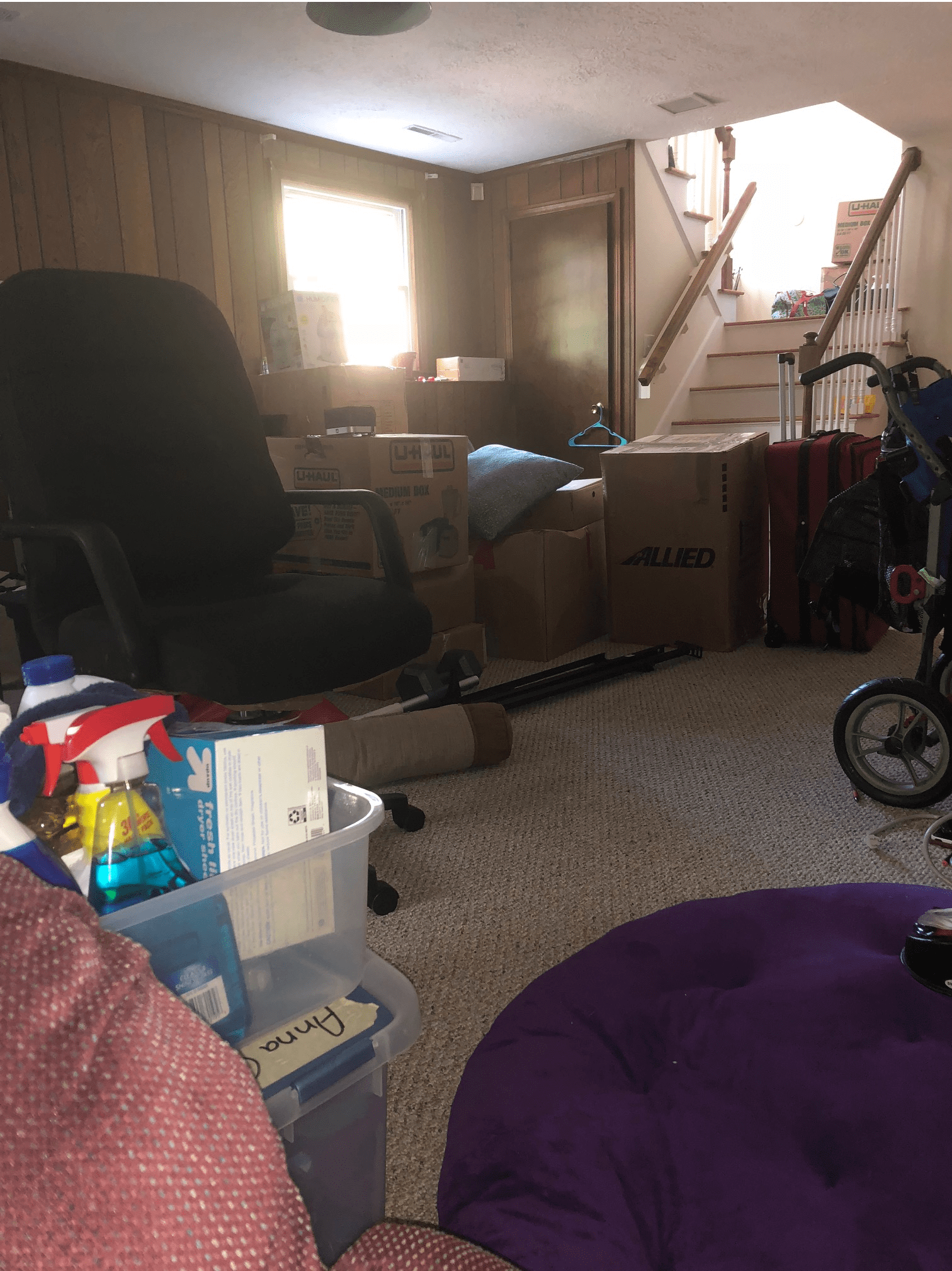
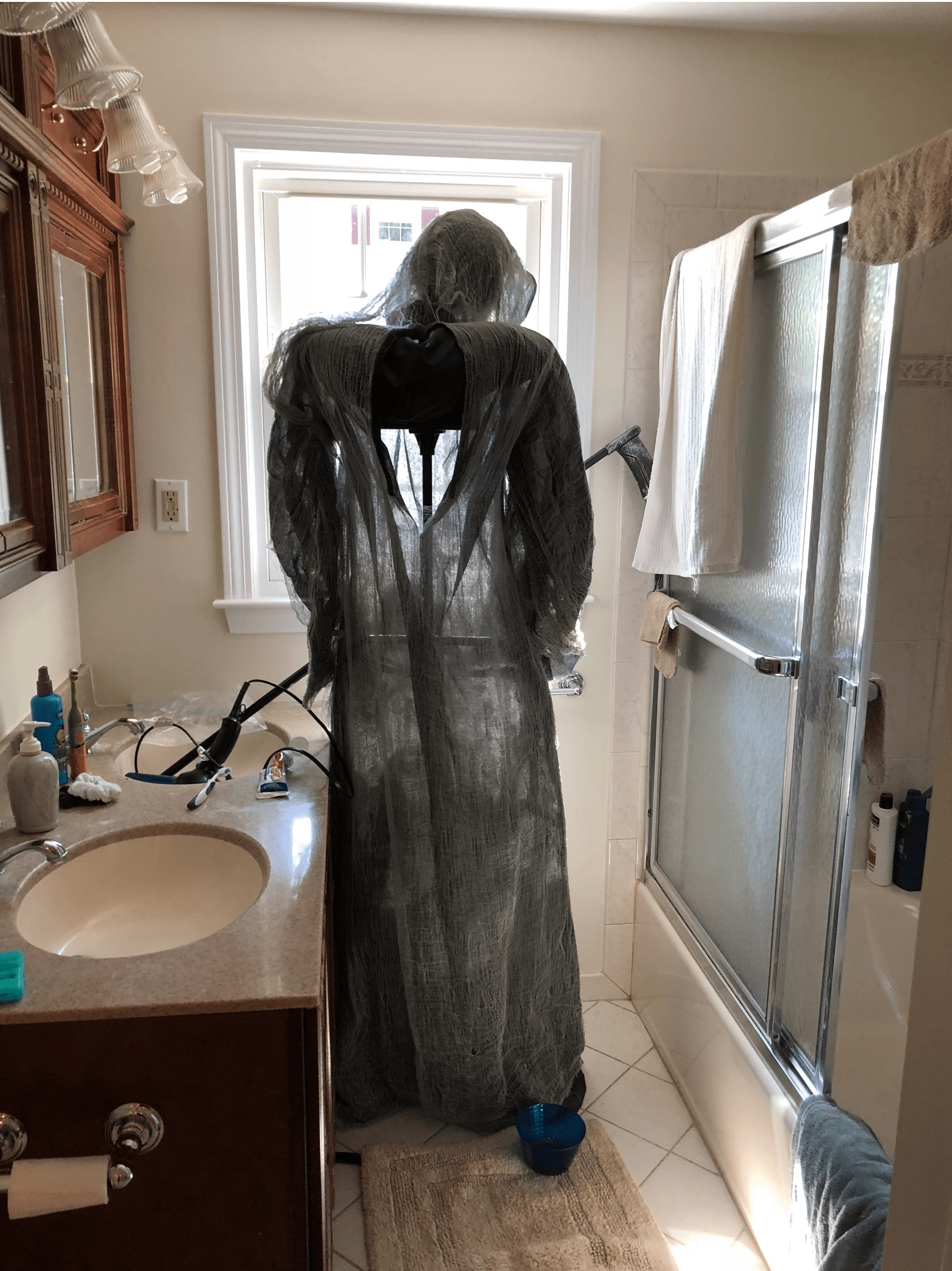




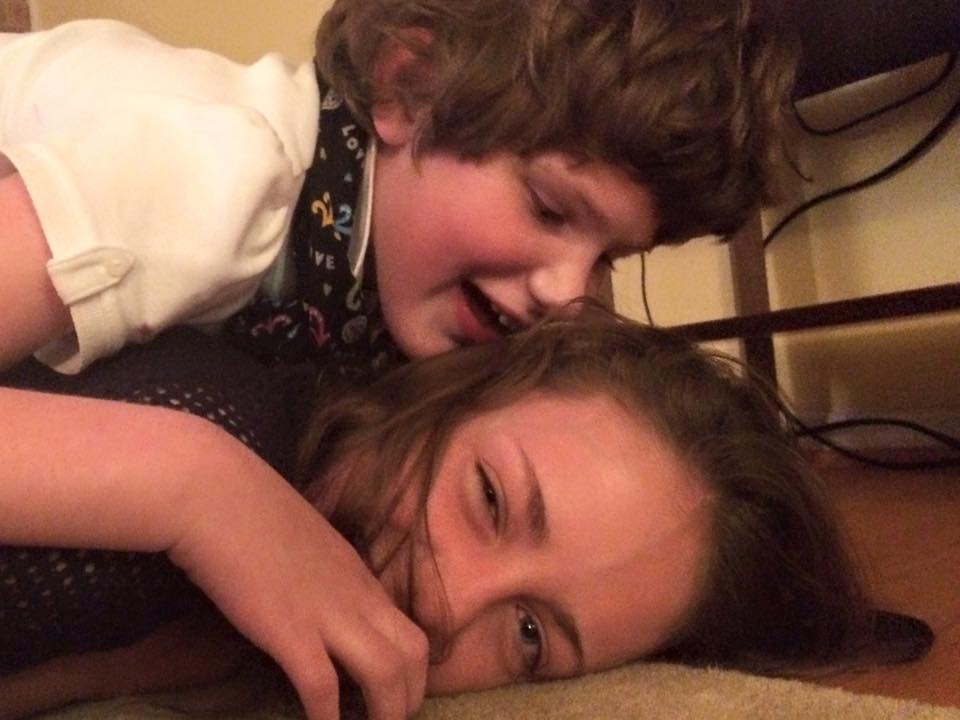
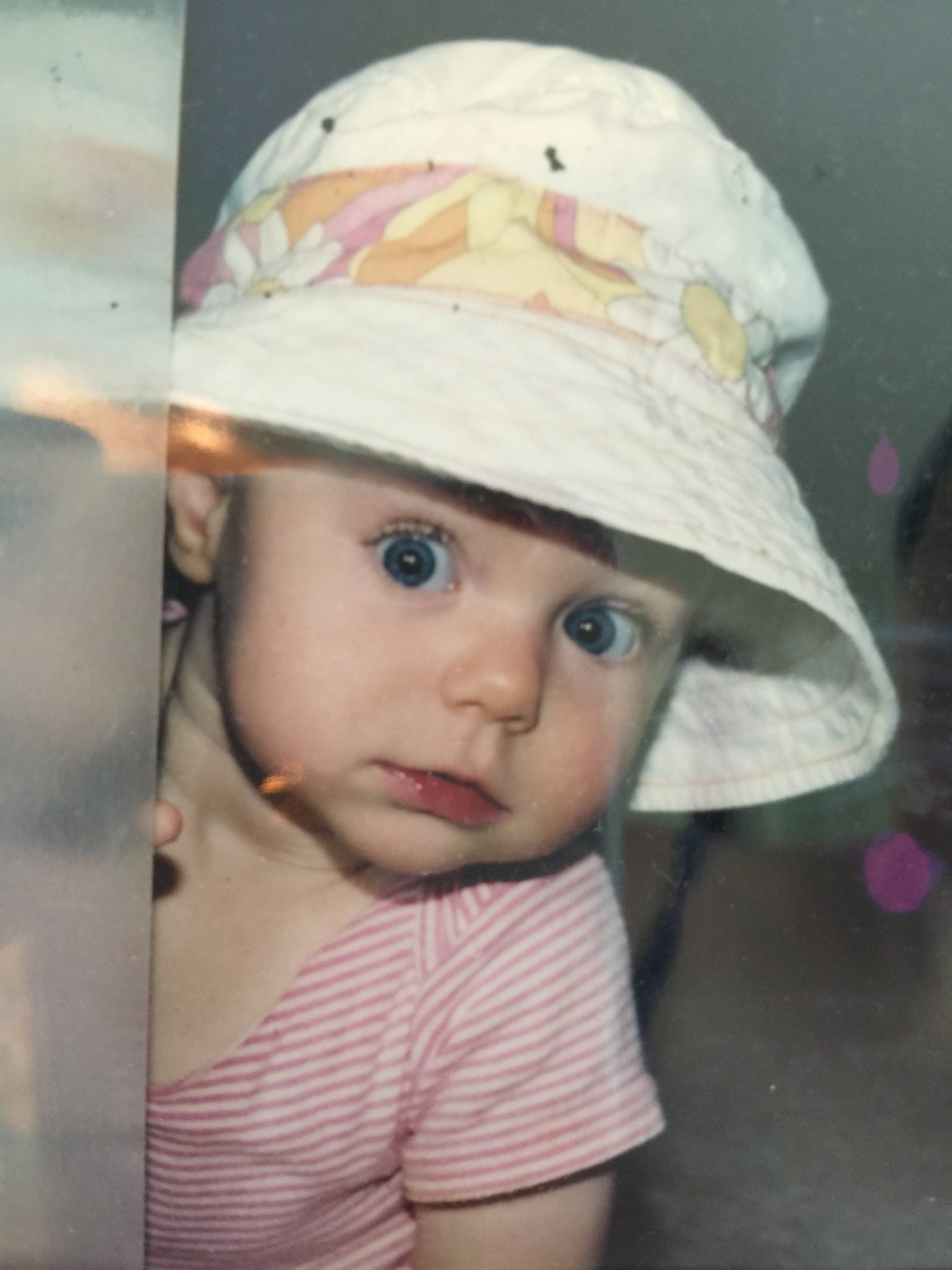


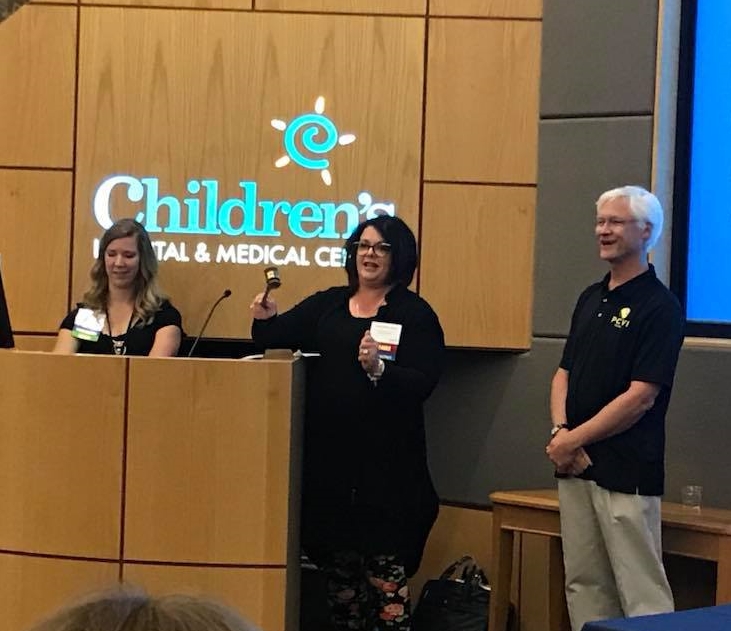




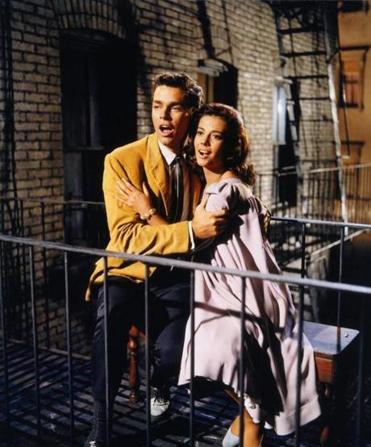 Image: Tony and Maria from West Side Story singing Somewhere (technically she’s lip-synching)
Image: Tony and Maria from West Side Story singing Somewhere (technically she’s lip-synching) 



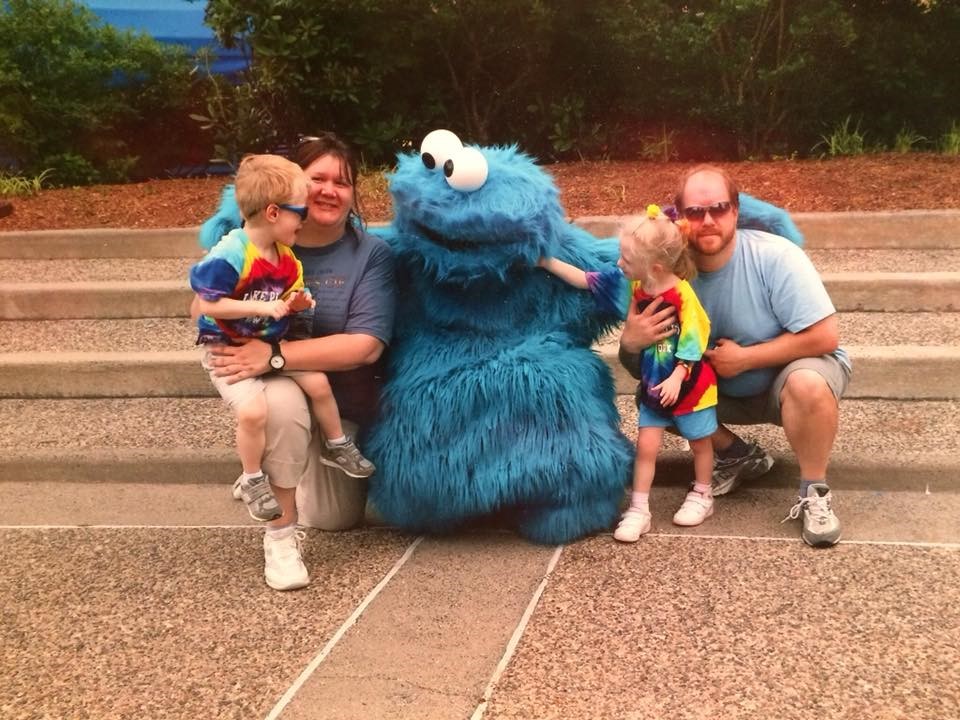
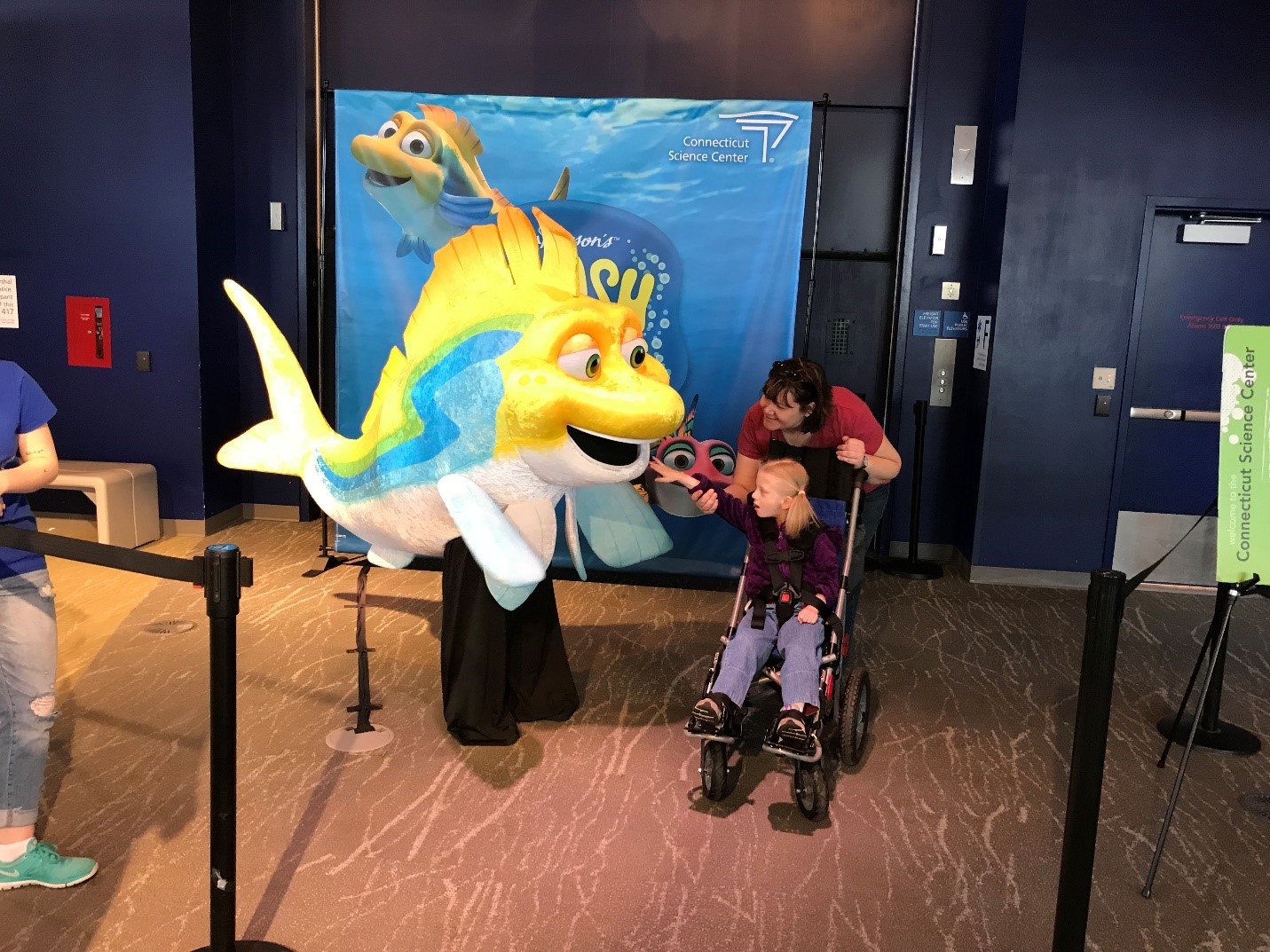
 Image: Rheanon, a smiling girl standing behind her brother draped over a reverse stander.
Image: Rheanon, a smiling girl standing behind her brother draped over a reverse stander.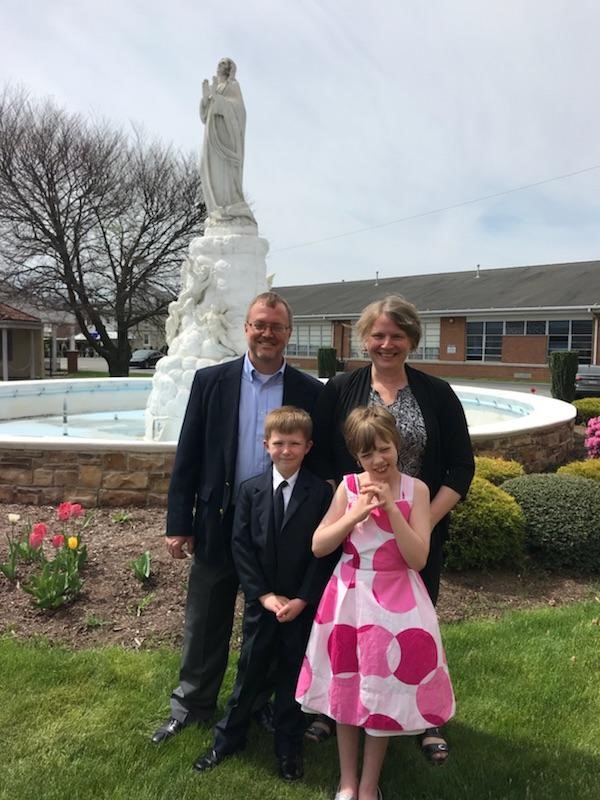 Image: A smiling family (Mom/Jennifer, Dad/Greg, brother/Chase and Rheanon) in their Sunday best standing outside in front of a fountain on a green lawn.
Image: A smiling family (Mom/Jennifer, Dad/Greg, brother/Chase and Rheanon) in their Sunday best standing outside in front of a fountain on a green lawn.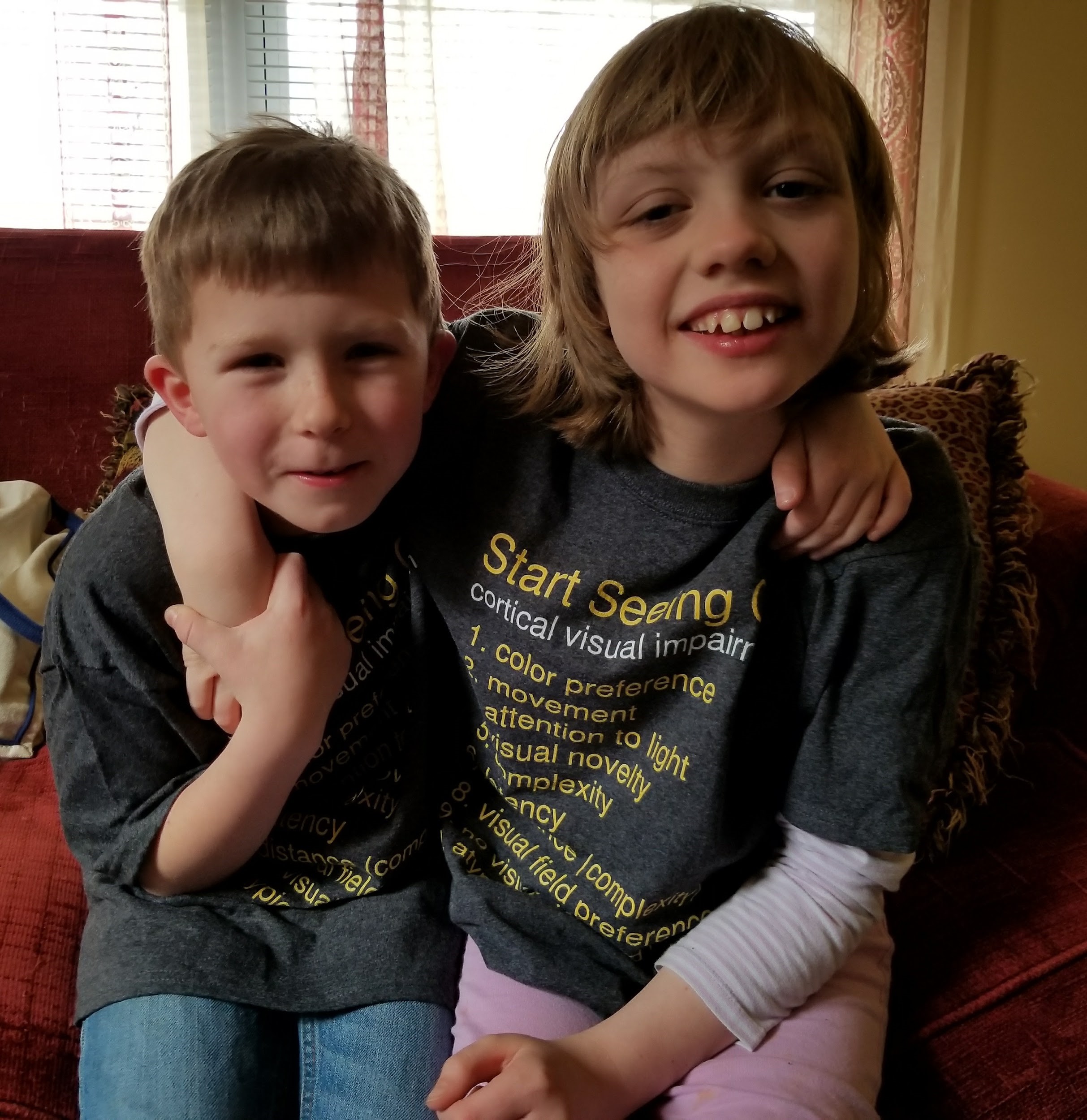

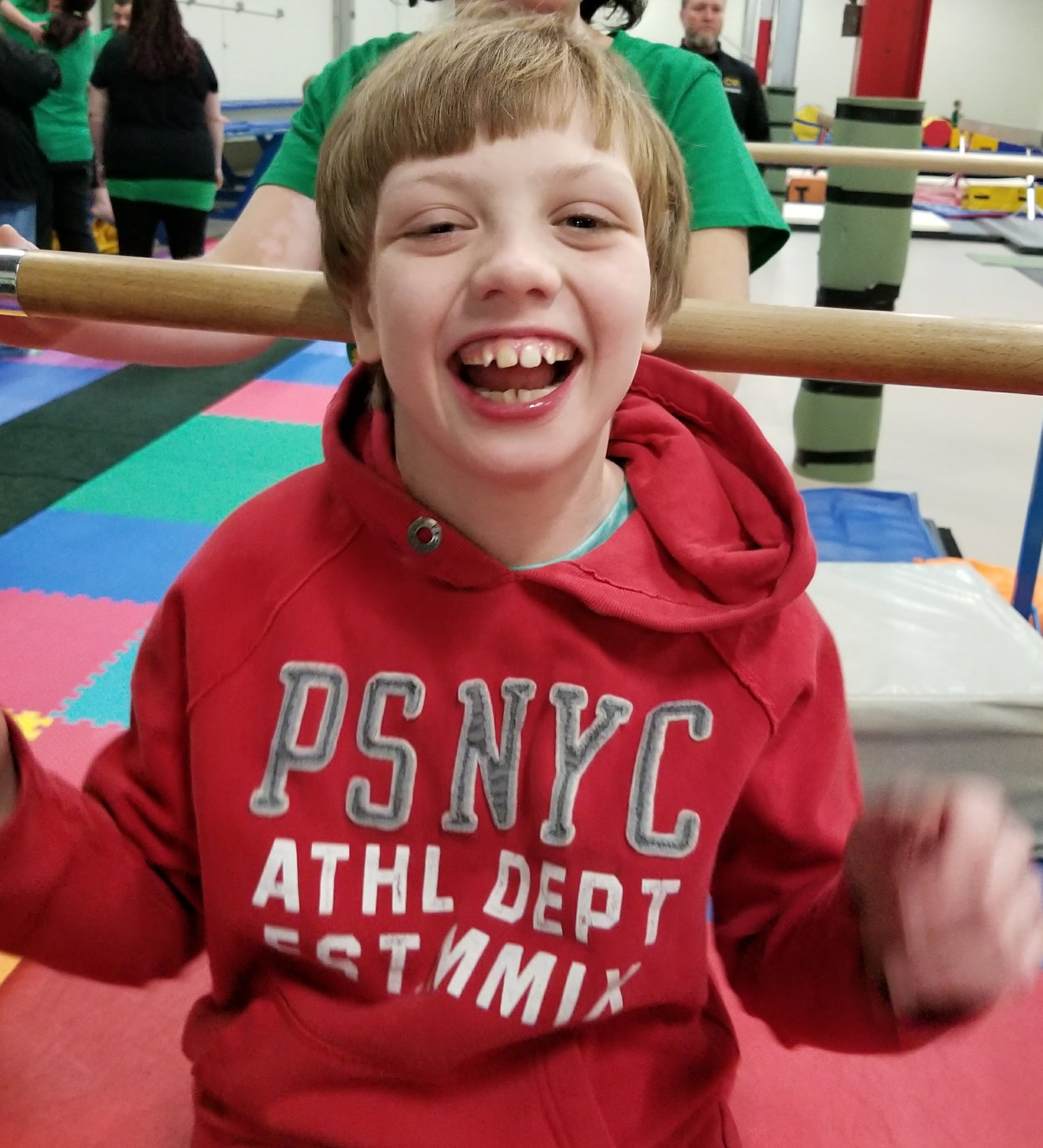
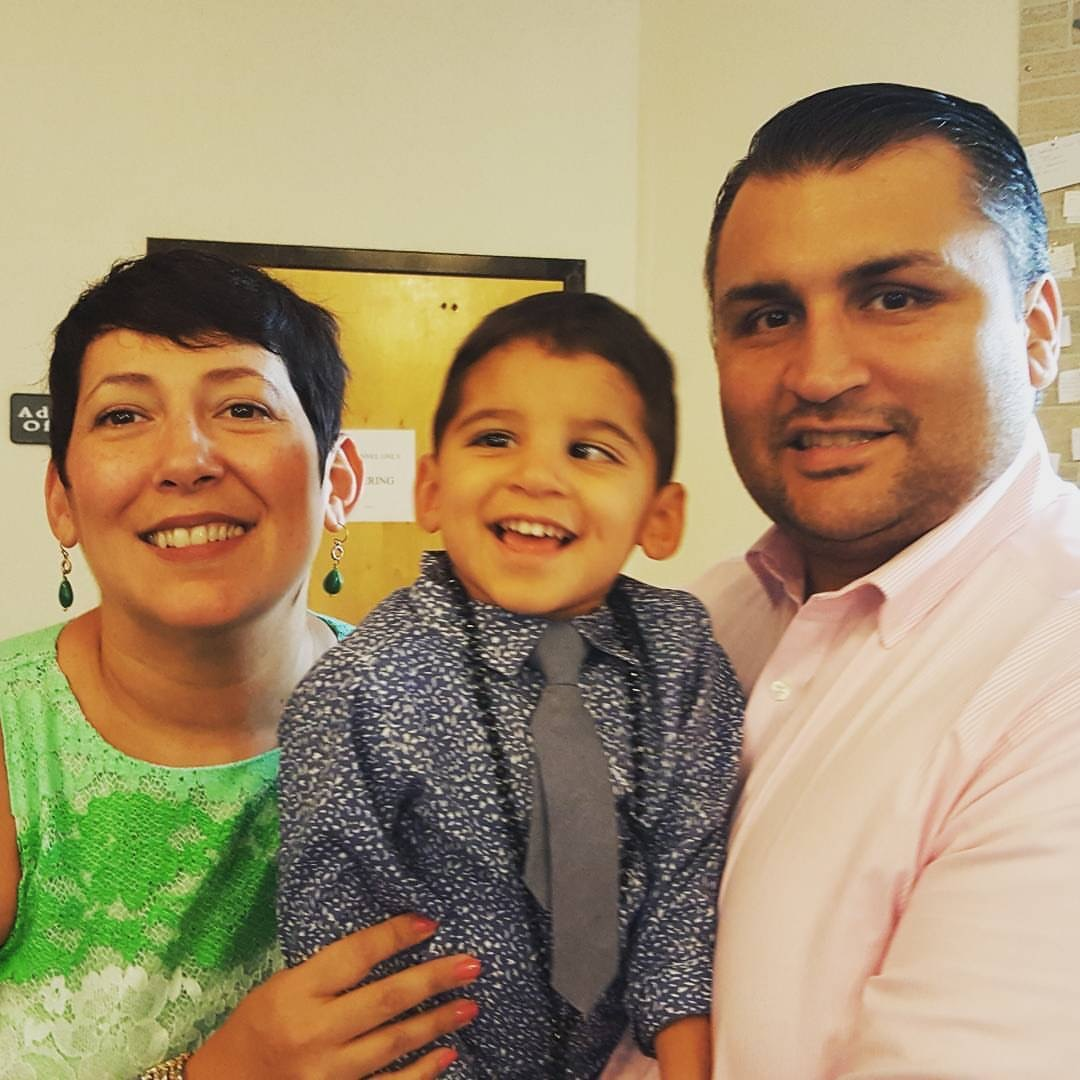


 Phote: Logan in a t-shirt that says “Little Explorer” walking with a reverse walker
Phote: Logan in a t-shirt that says “Little Explorer” walking with a reverse walker


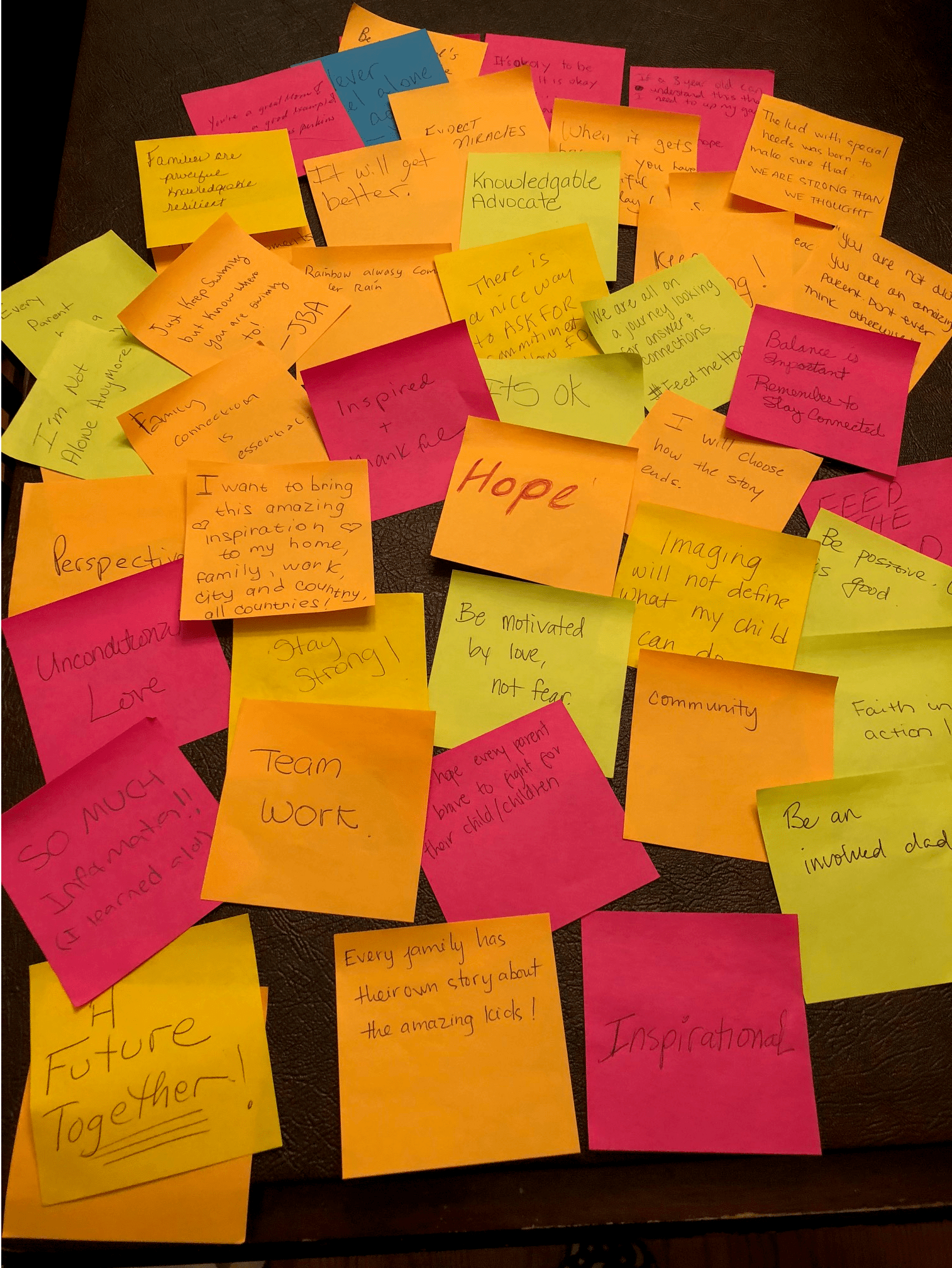


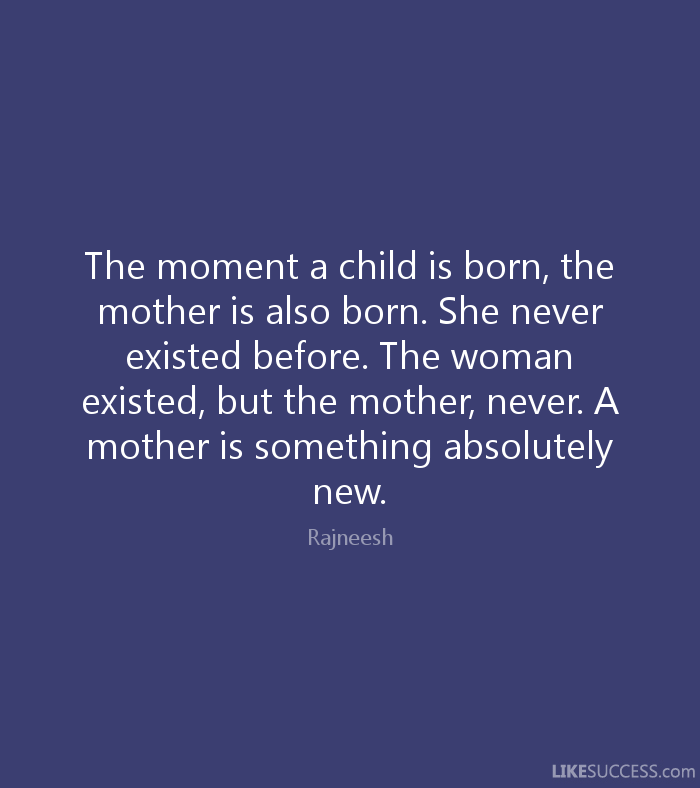 If you had told me 10 years ago that I would have a chance to speak to a group of families like mine, I would have paid more attention, or tried to – as it was the sleep deprivation and worry nearly killed me – so, maybe not.
If you had told me 10 years ago that I would have a chance to speak to a group of families like mine, I would have paid more attention, or tried to – as it was the sleep deprivation and worry nearly killed me – so, maybe not.



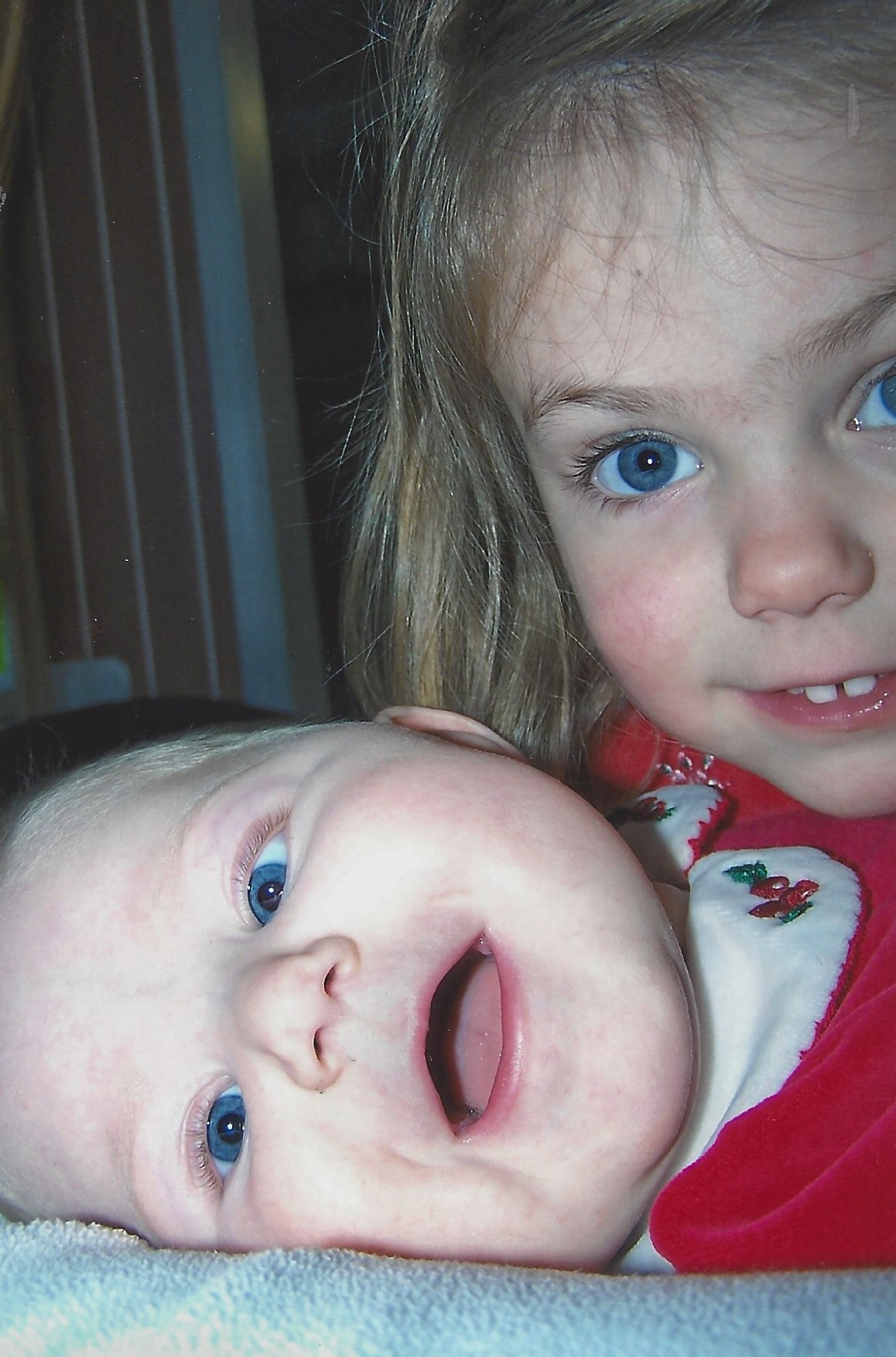
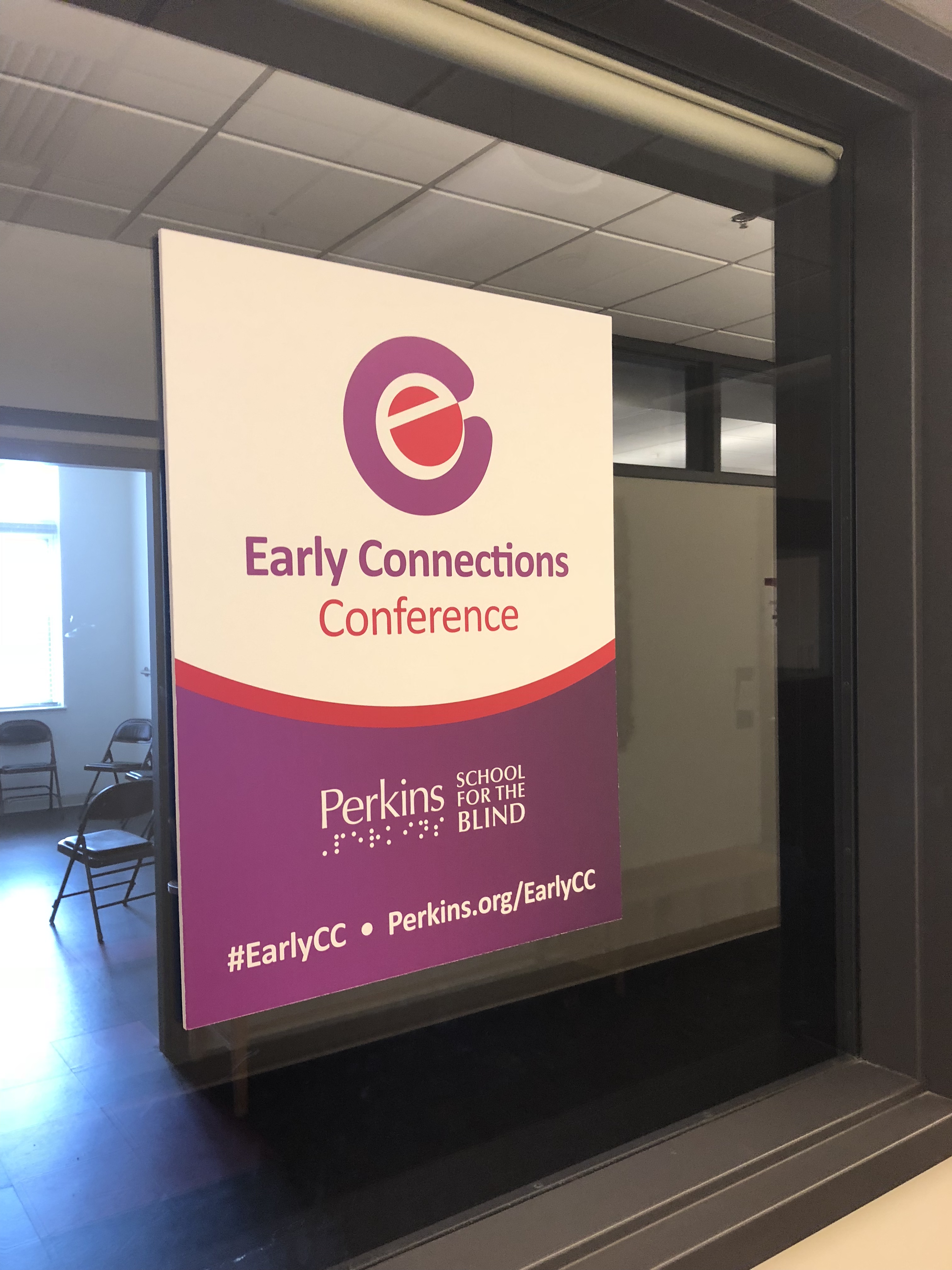
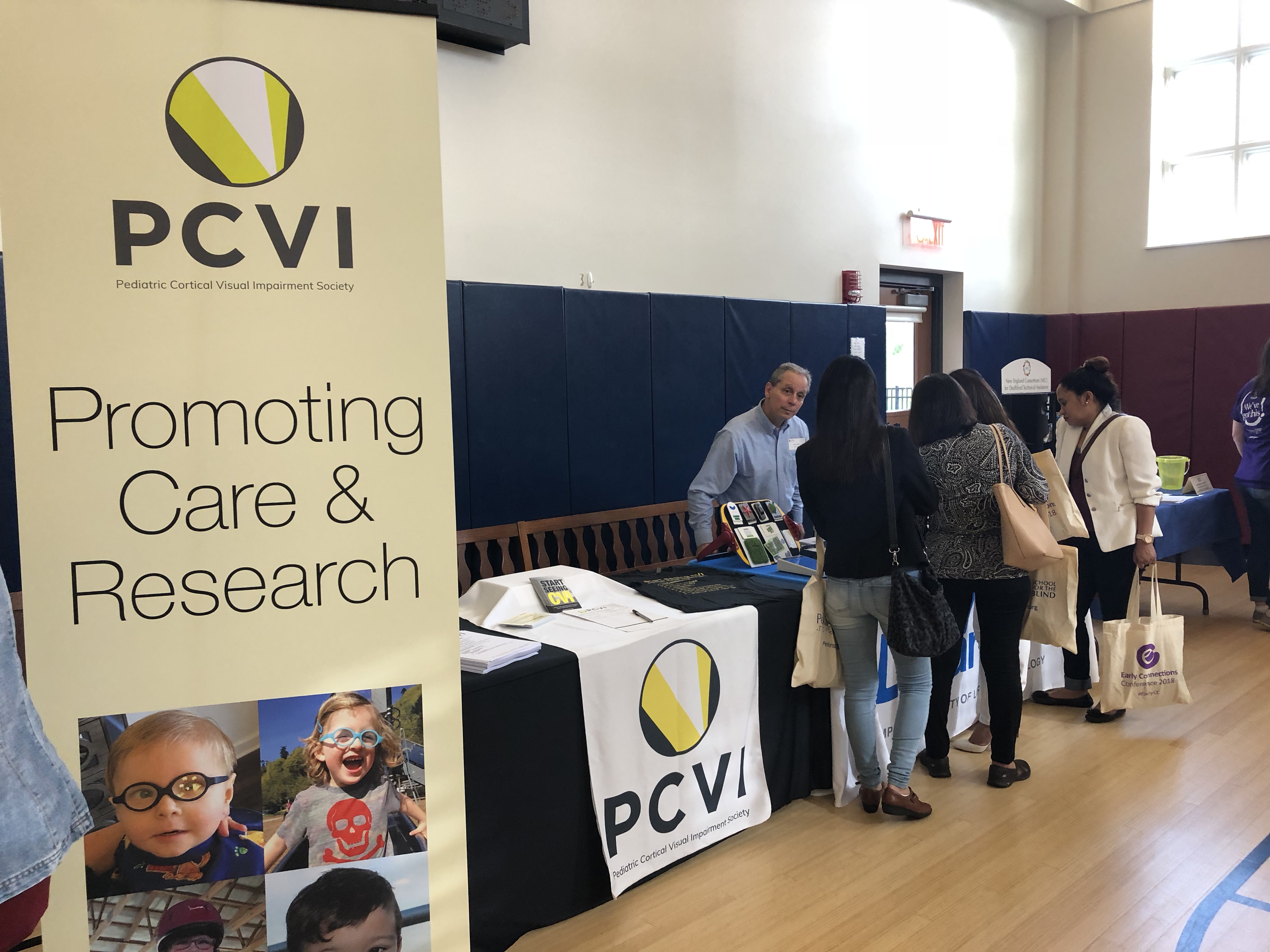
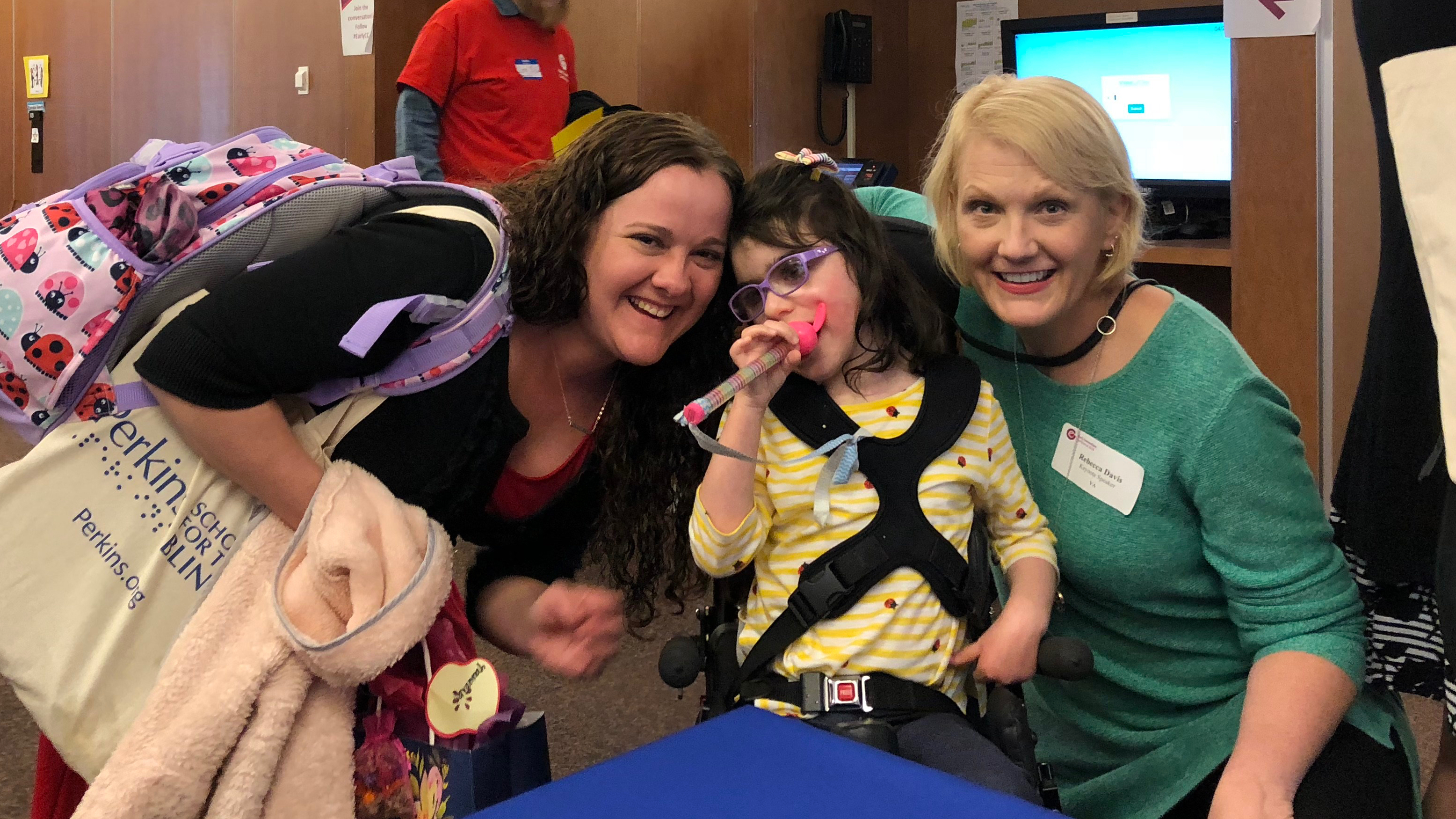


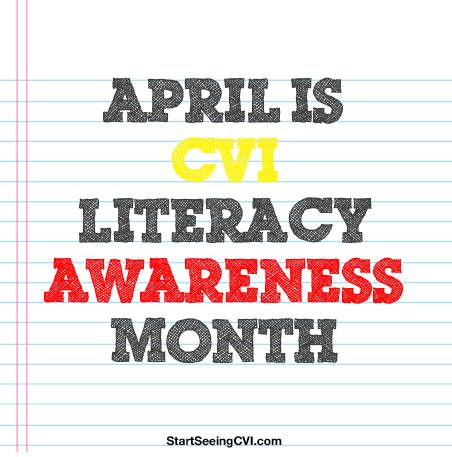

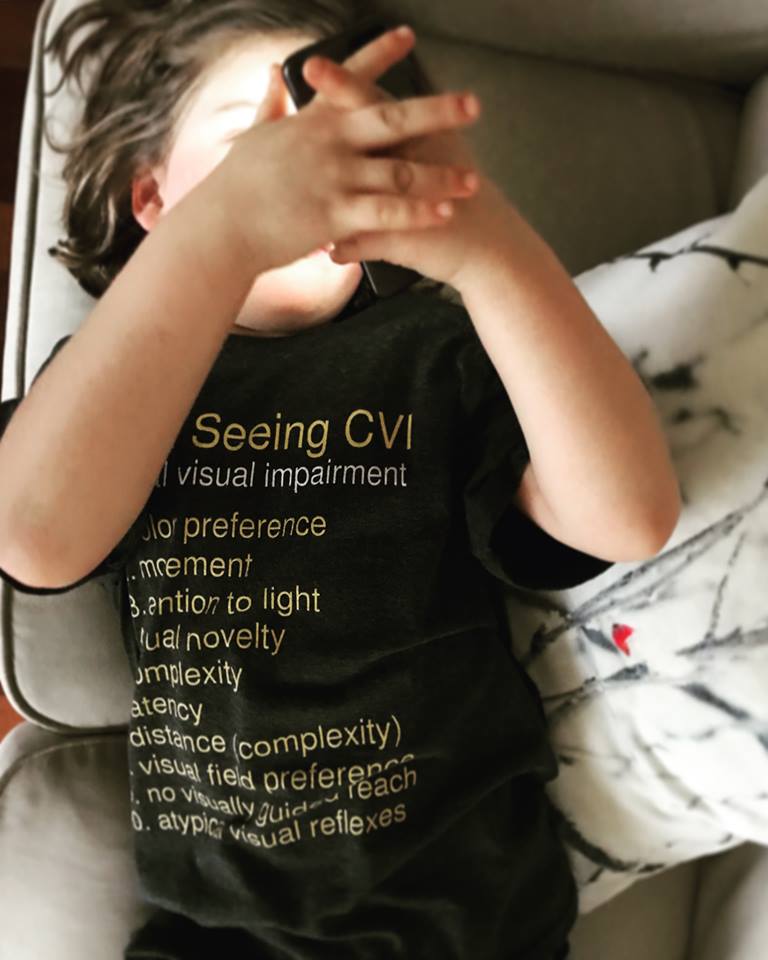


 Image: A girl smiling broadly swings at the park.
Image: A girl smiling broadly swings at the park.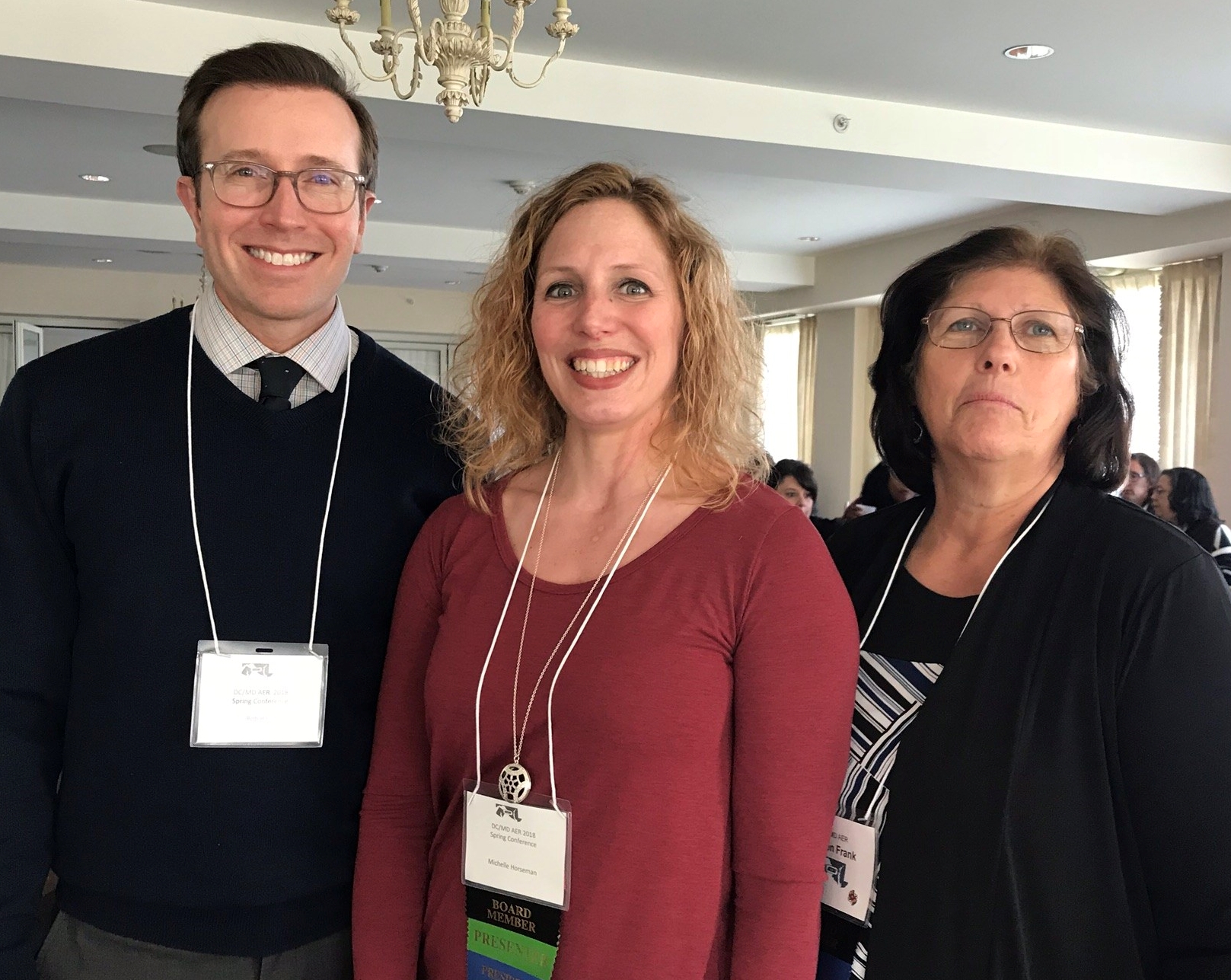
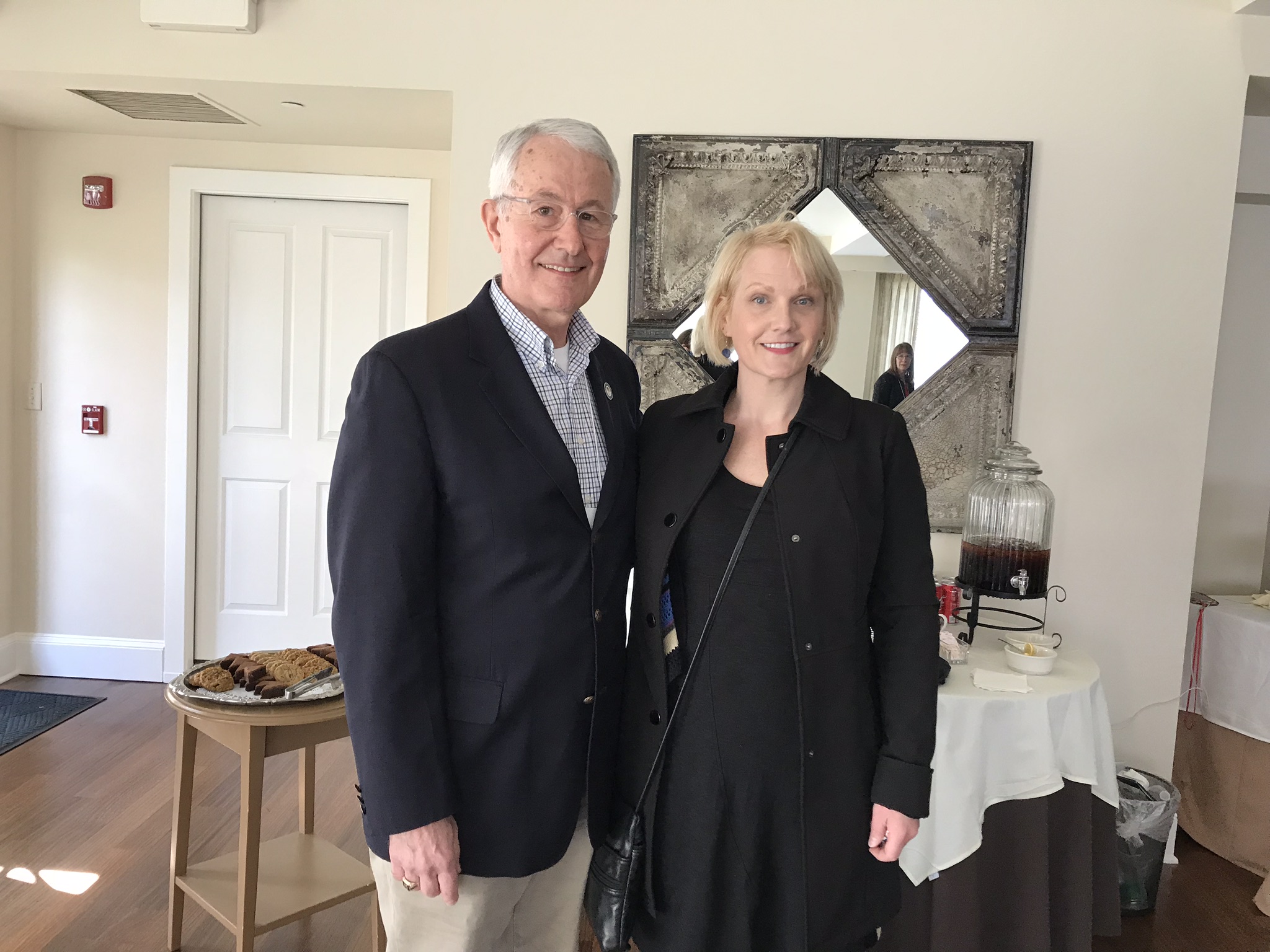
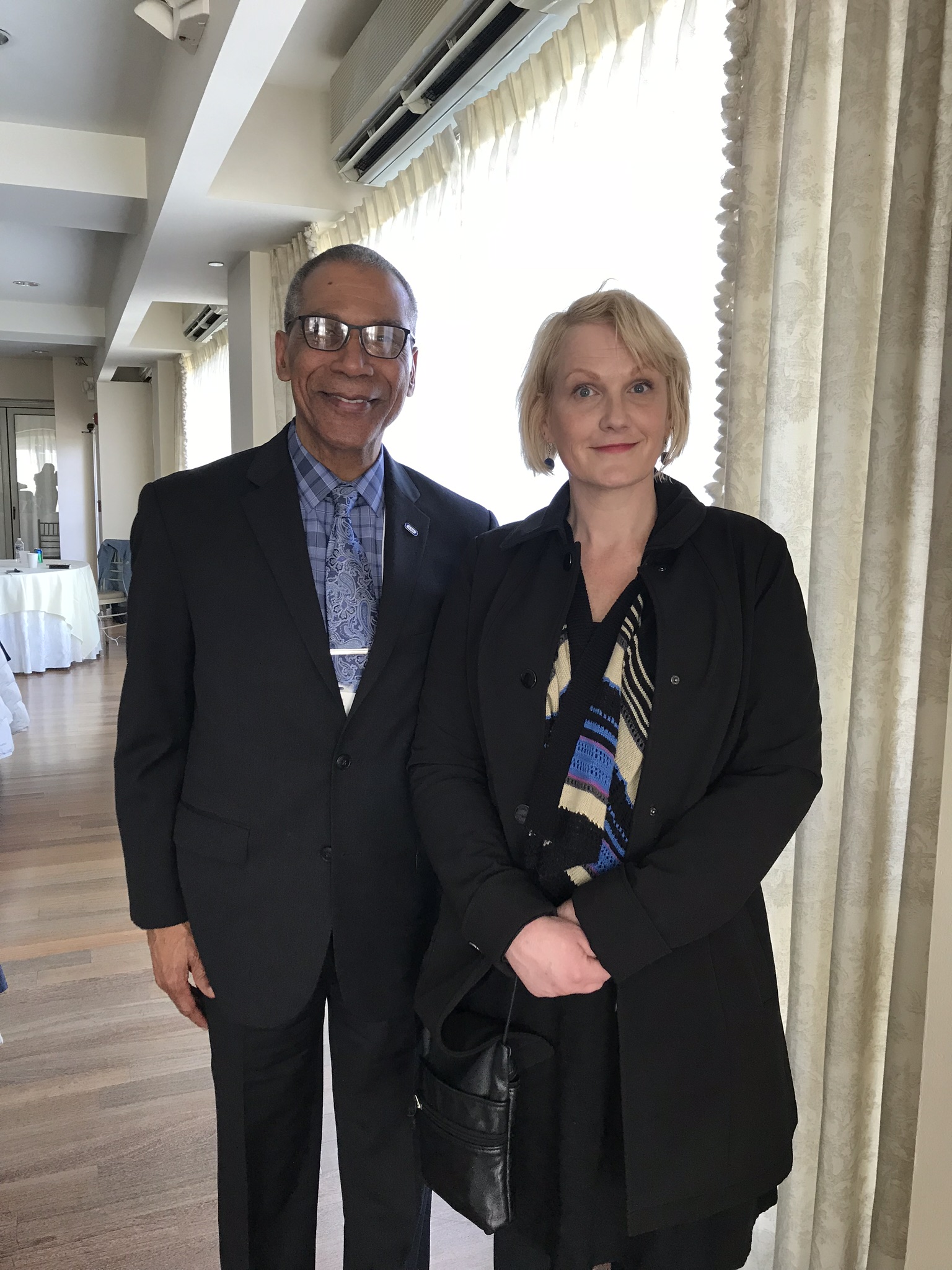


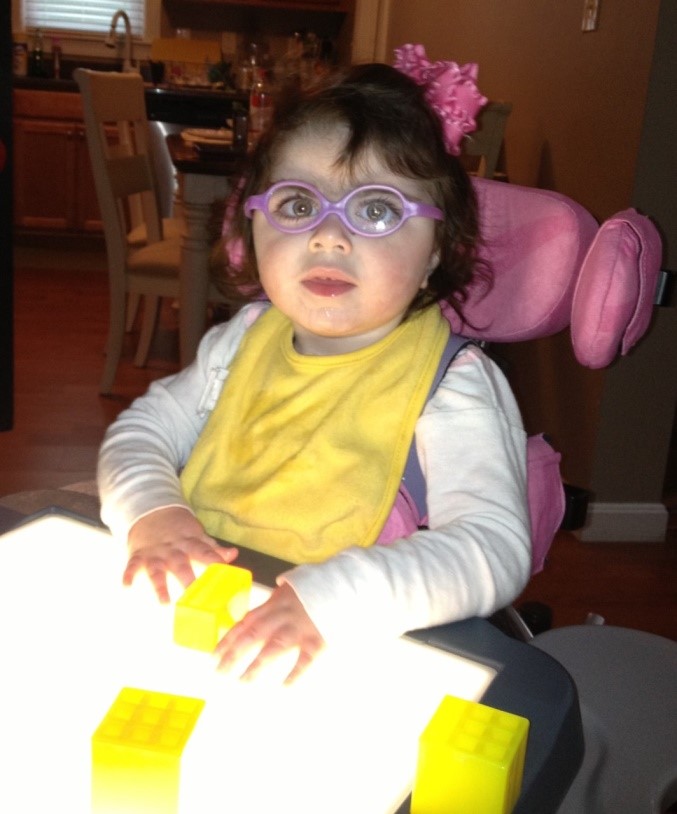
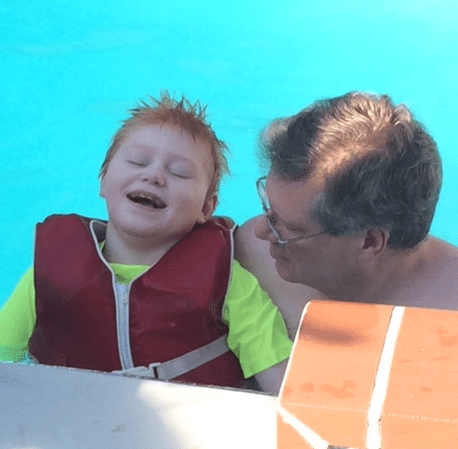
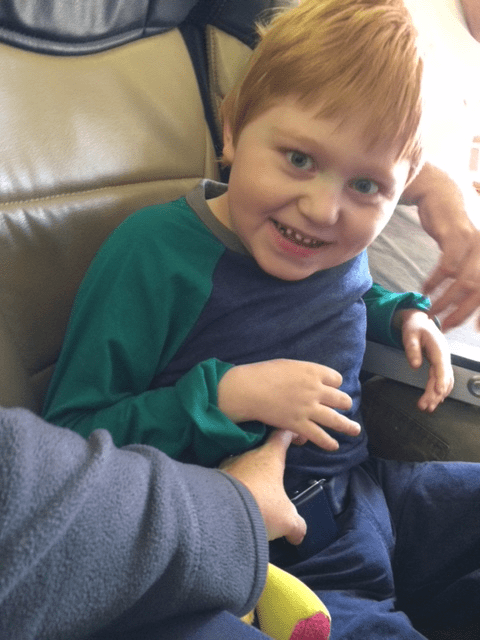 Image: Will, a smiling red haired boy
Image: Will, a smiling red haired boy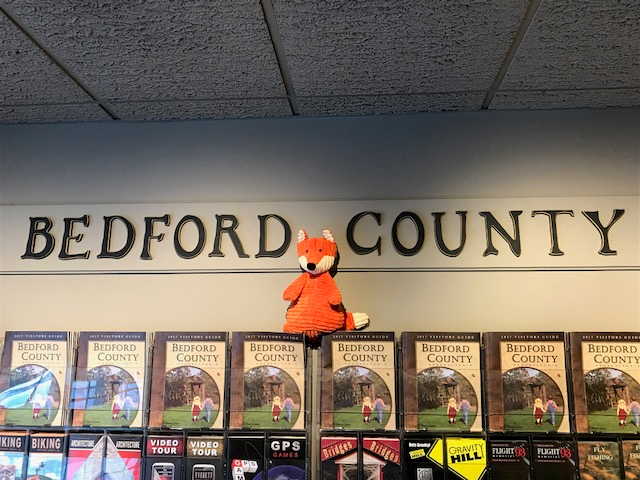 Image: Will’s stuffed toy, Cordy Roy, next to a Bedford County sign
Image: Will’s stuffed toy, Cordy Roy, next to a Bedford County sign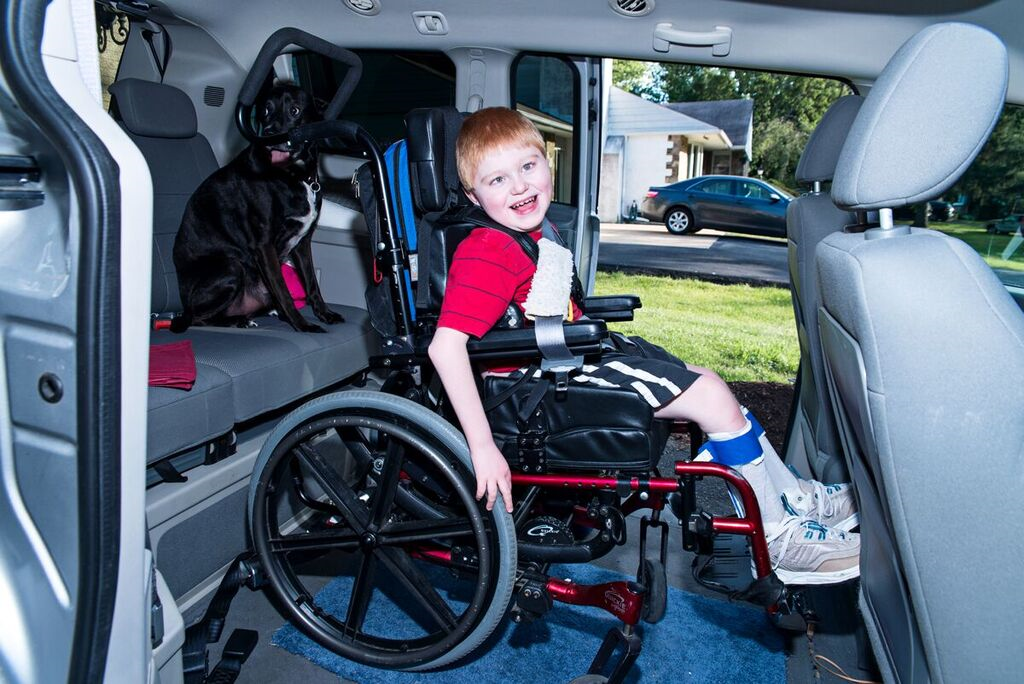
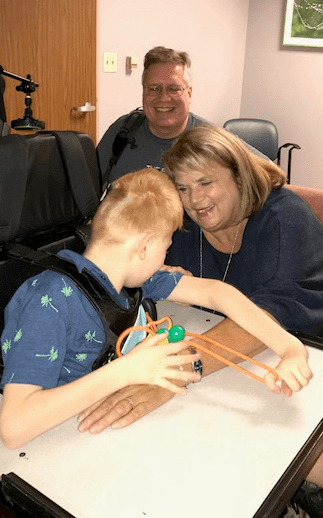
 Image: Smiling Will wearing a Start Seeing CVI t-shirt
Image: Smiling Will wearing a Start Seeing CVI t-shirt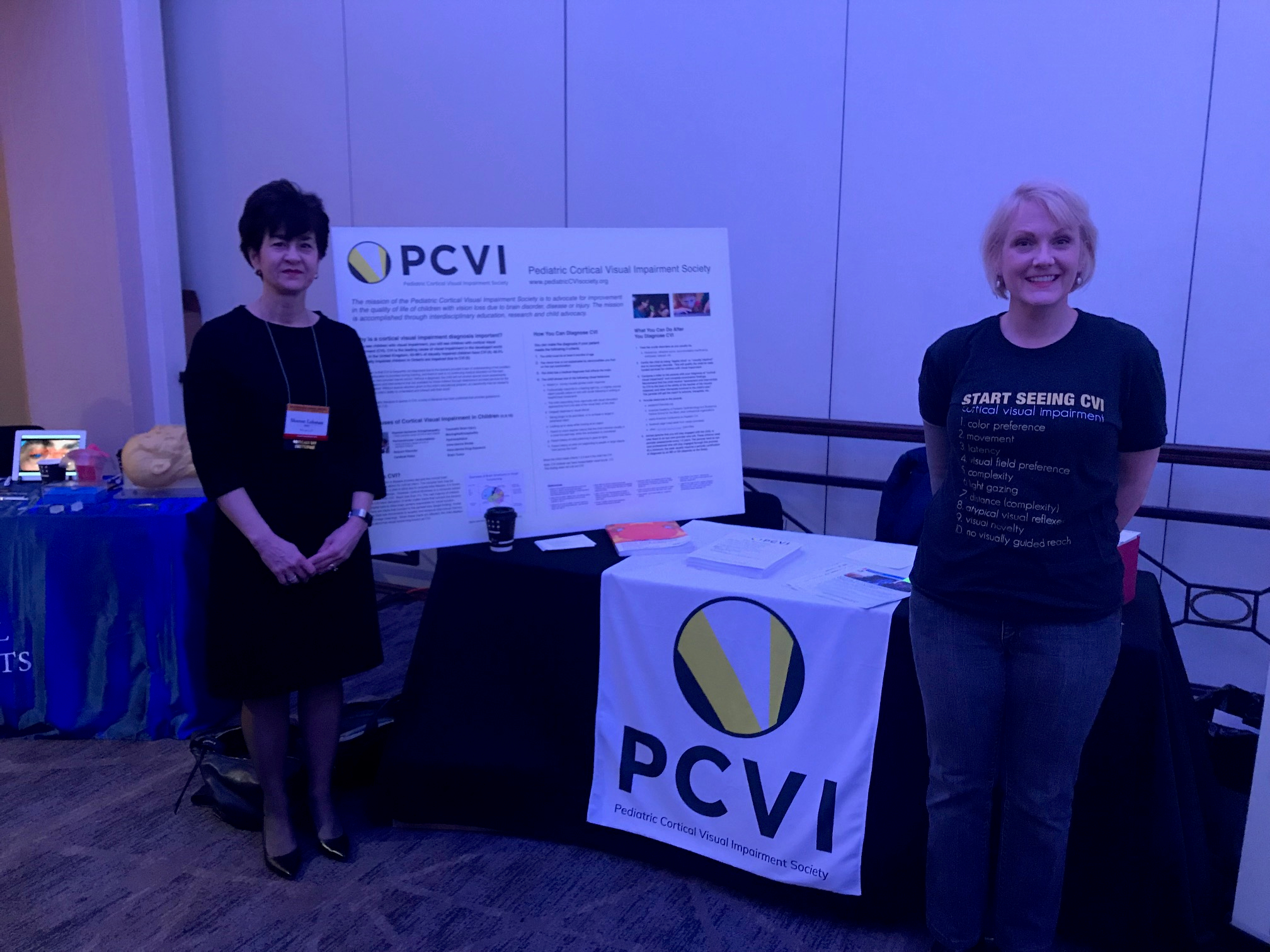
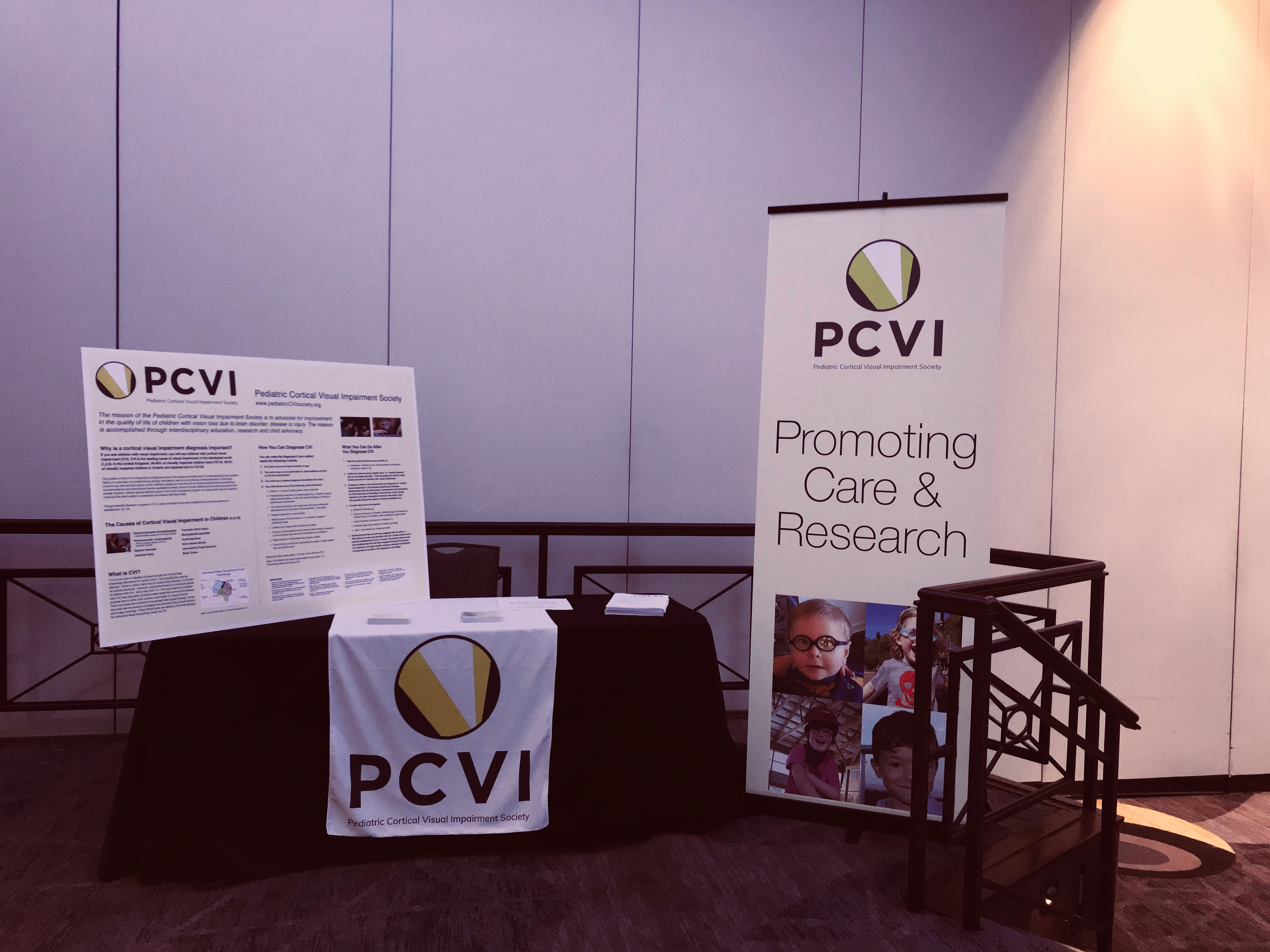

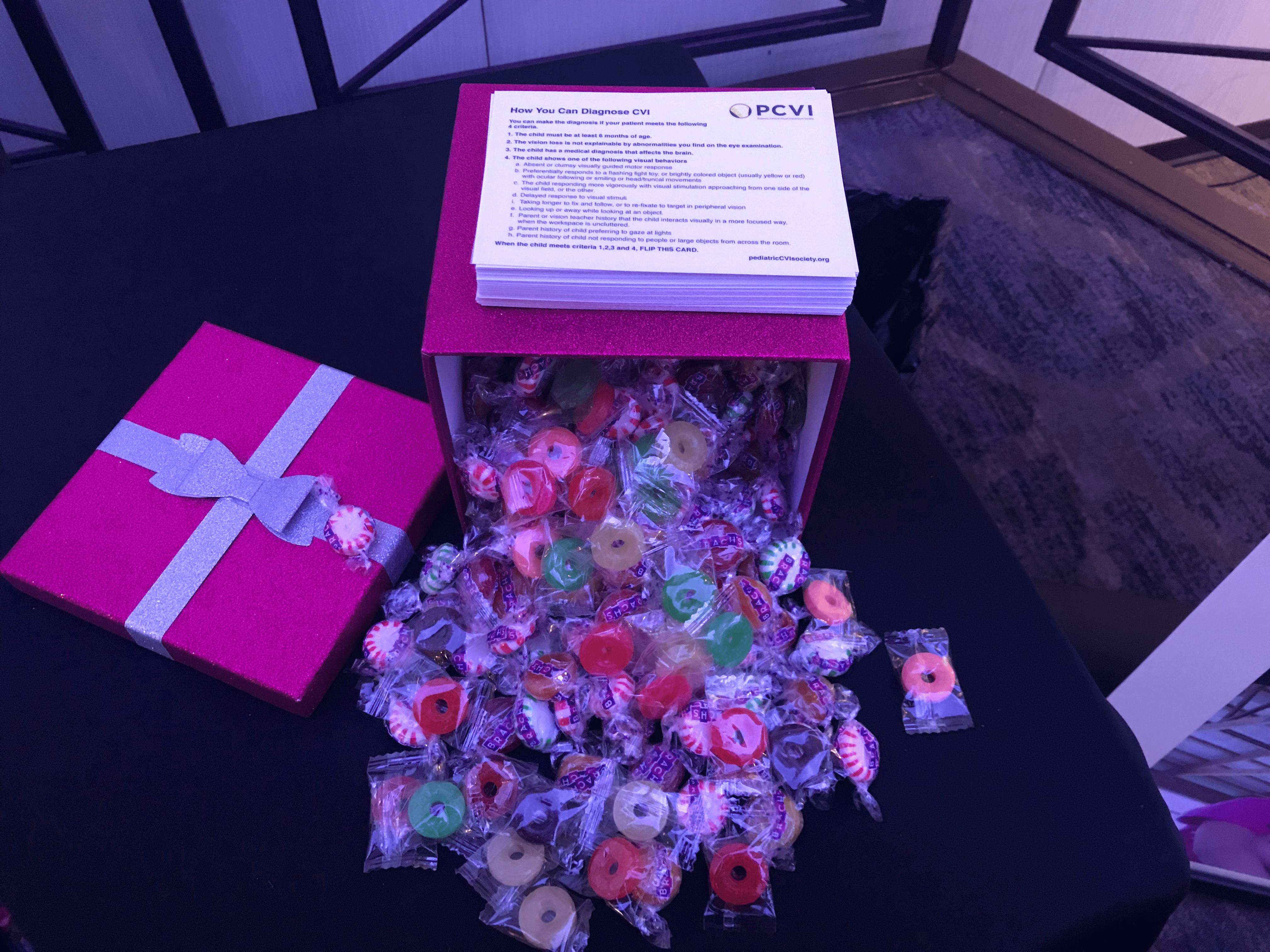
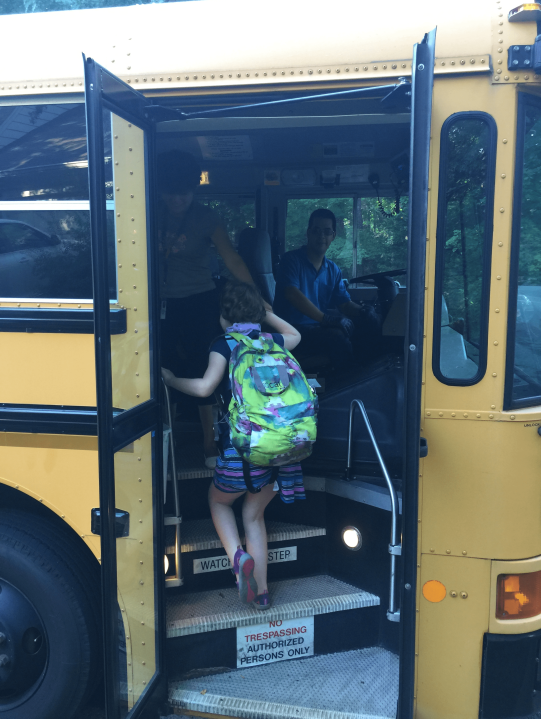 Image: A child wearing a backpack climbs on a school bus
Image: A child wearing a backpack climbs on a school bus Image: A smiling young girl and a woman in glasses.
Image: A smiling young girl and a woman in glasses.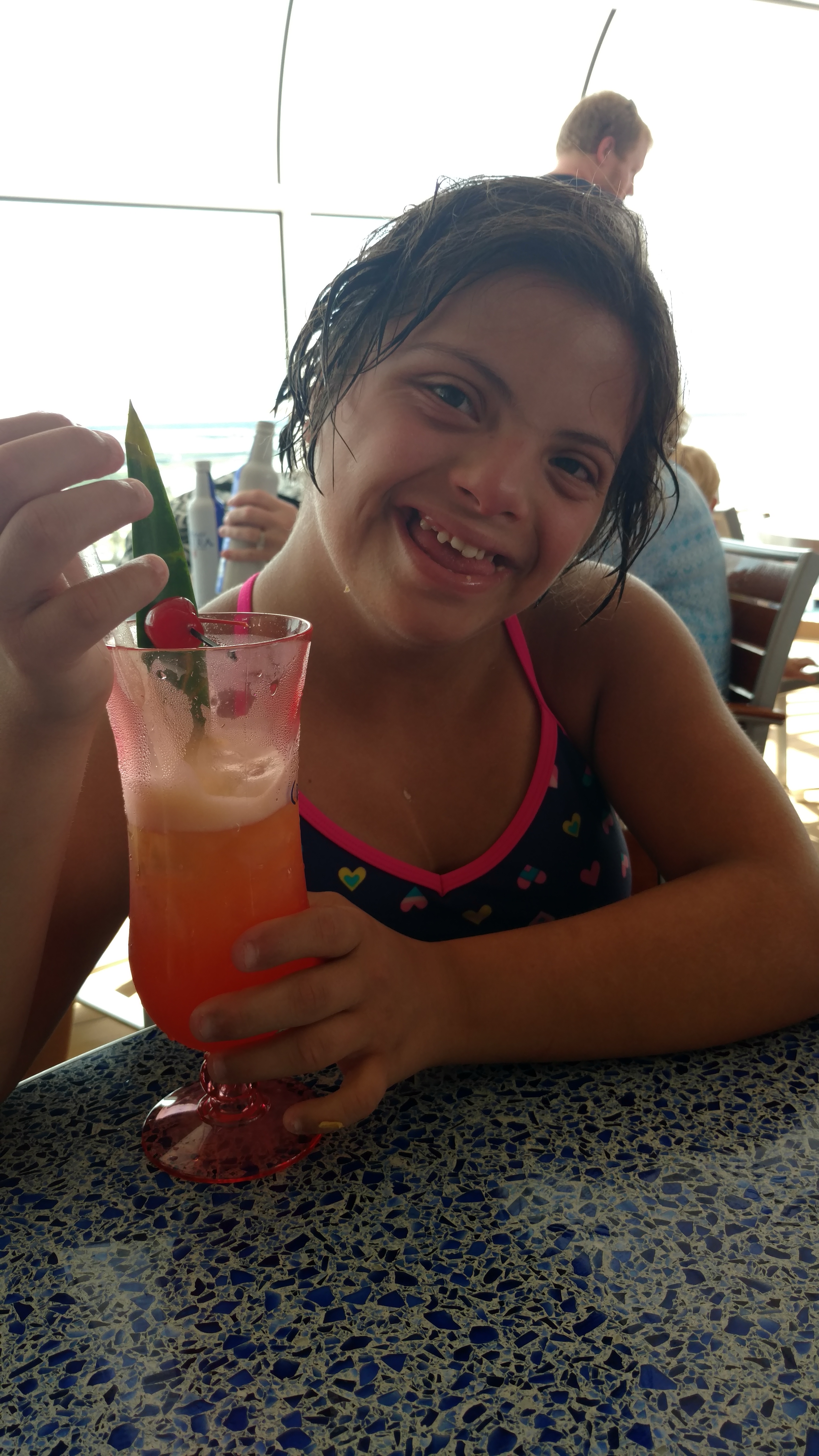

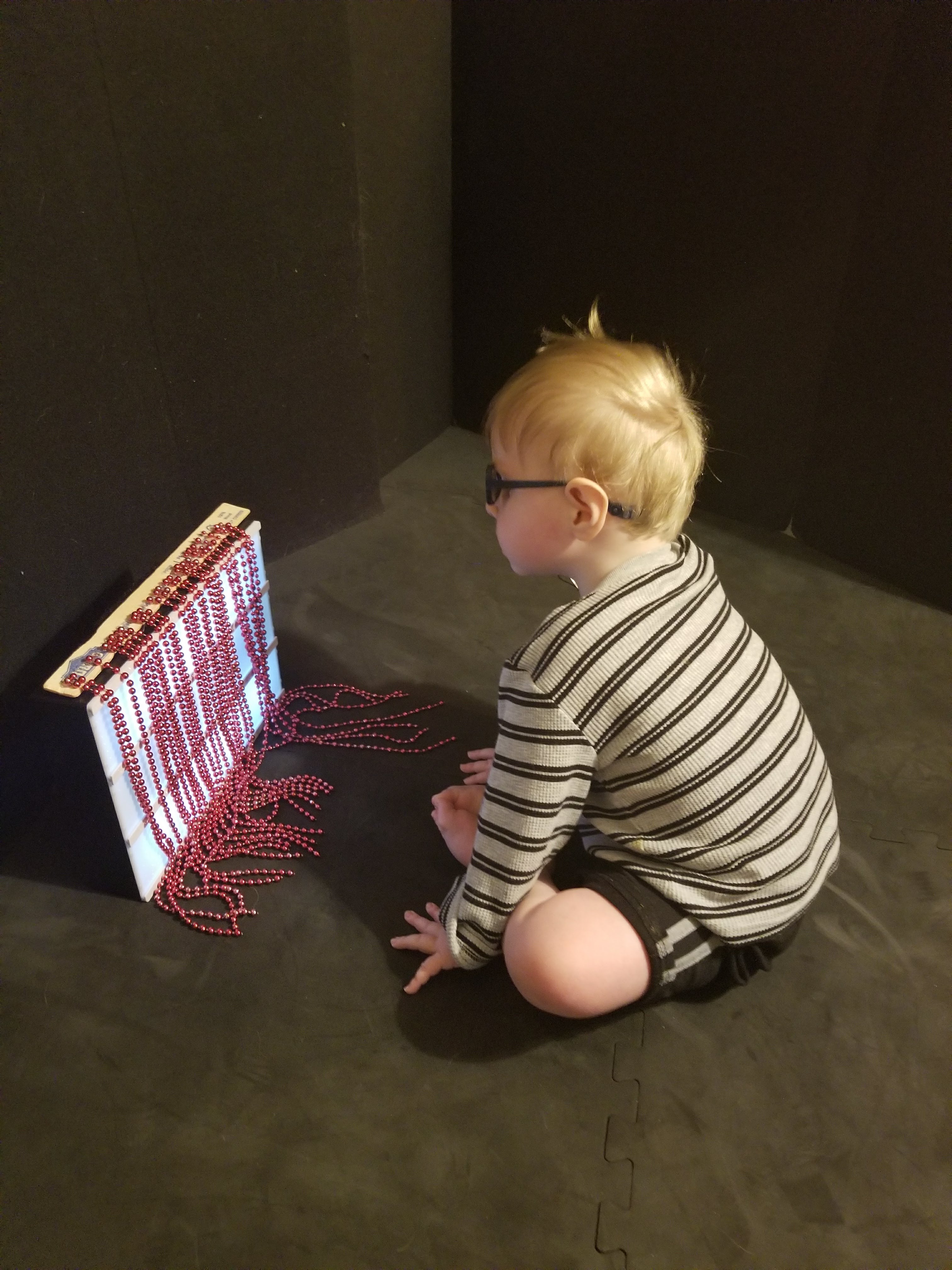 Image: A little boy sitting on a black floor and surrounded by black walls. He wears glasses. He is leaning forward looking at a light source with many strands of shiny red beads hanging over it.
Image: A little boy sitting on a black floor and surrounded by black walls. He wears glasses. He is leaning forward looking at a light source with many strands of shiny red beads hanging over it.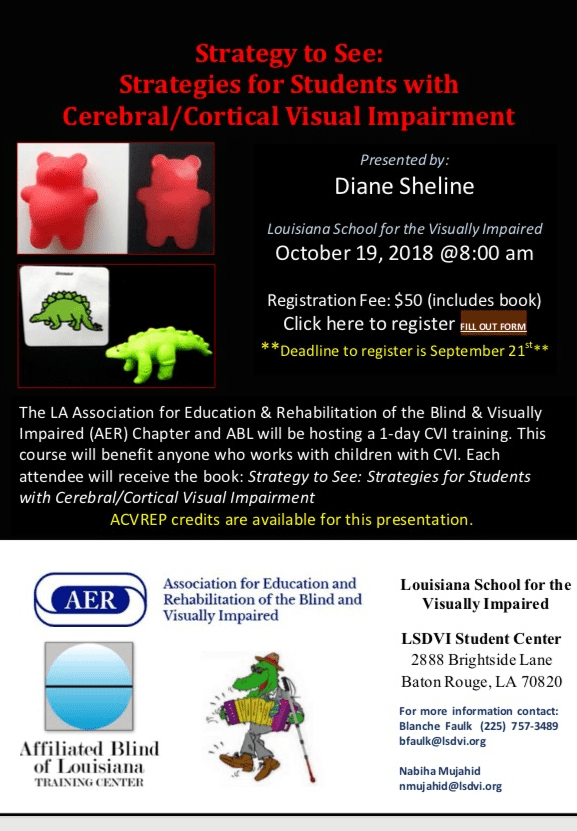
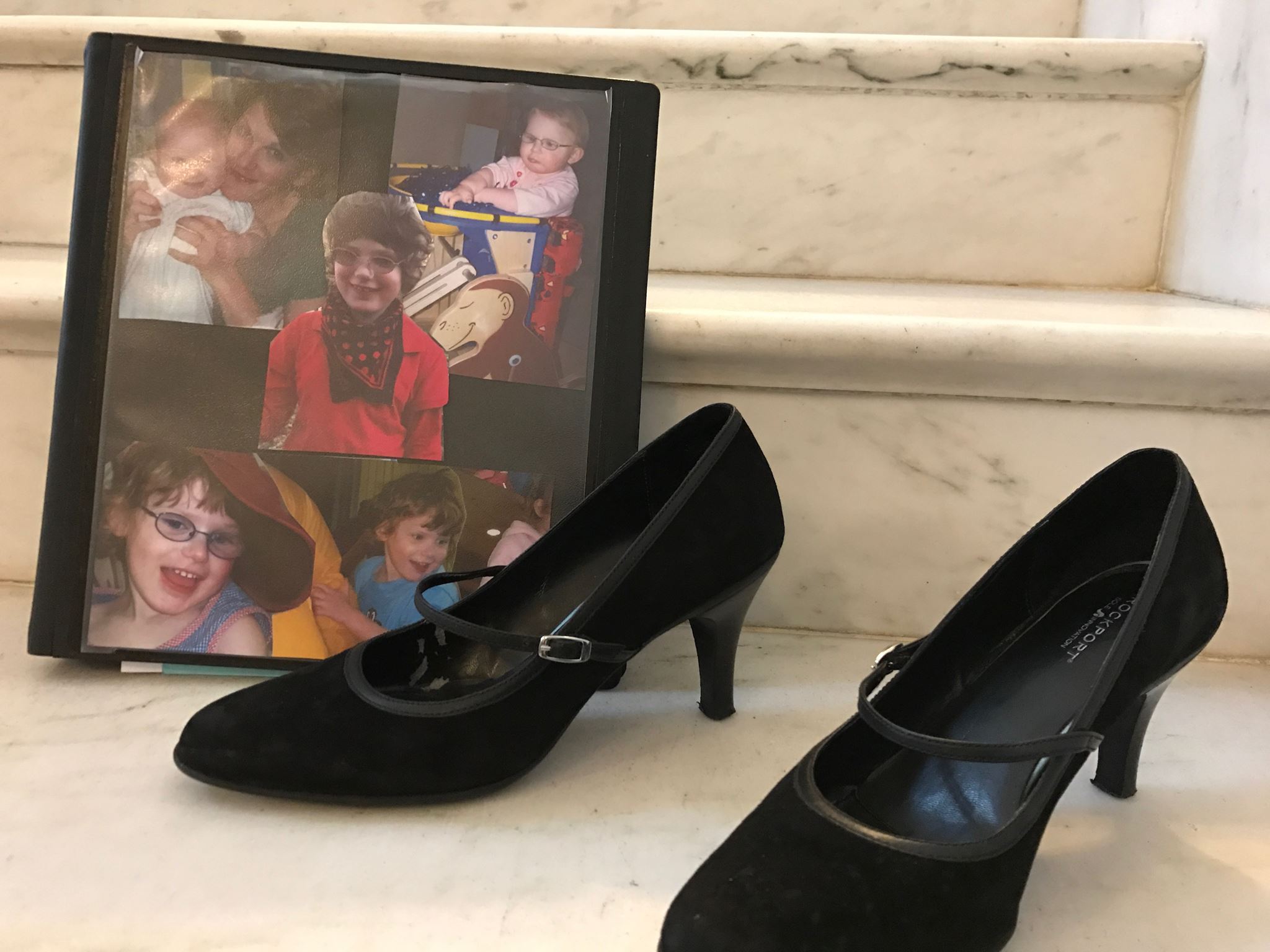
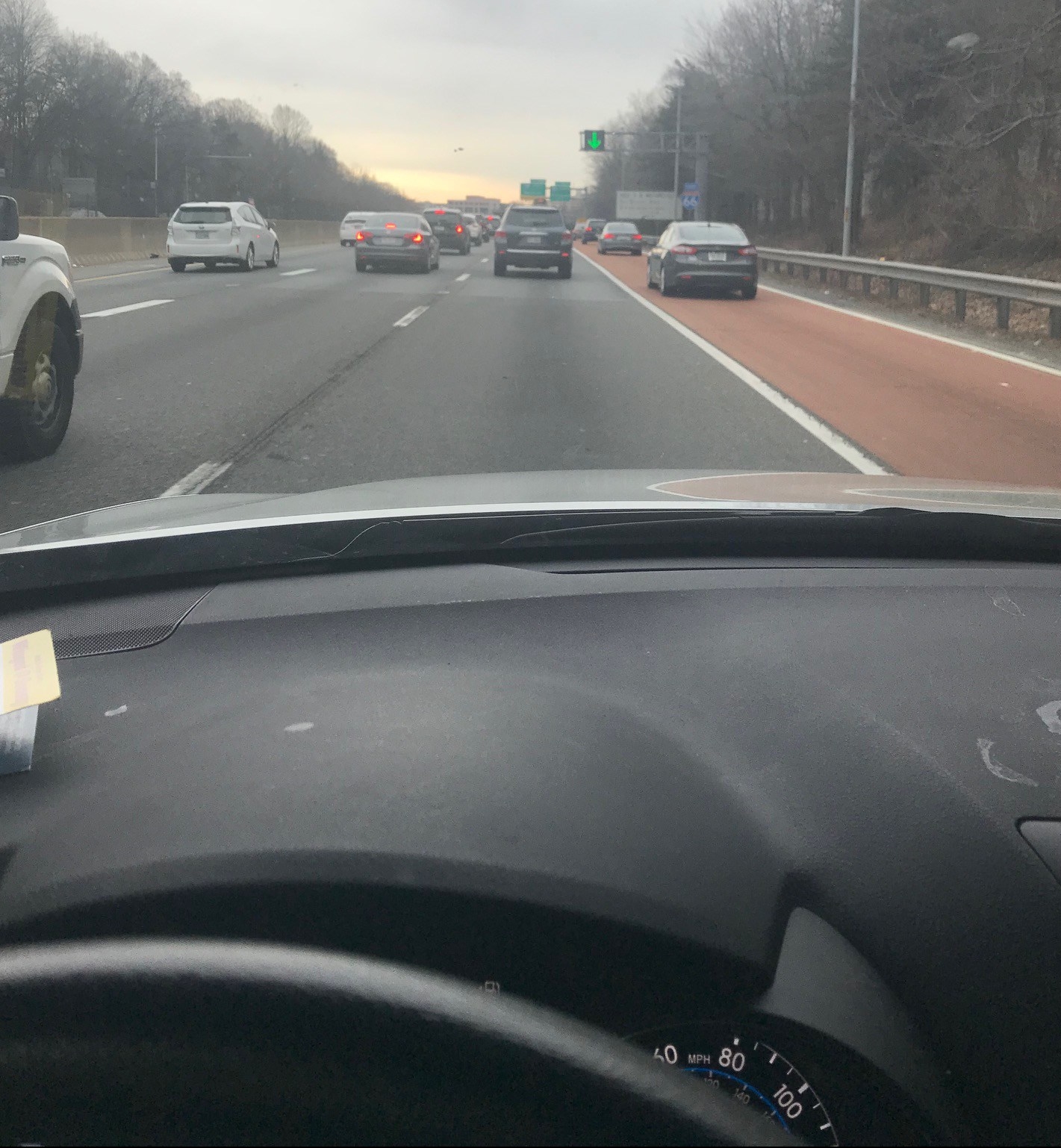









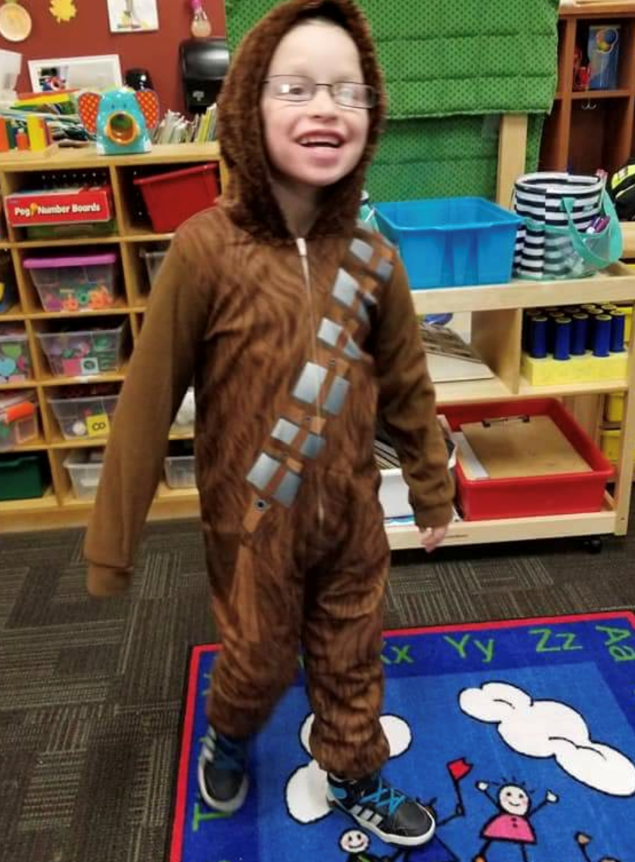


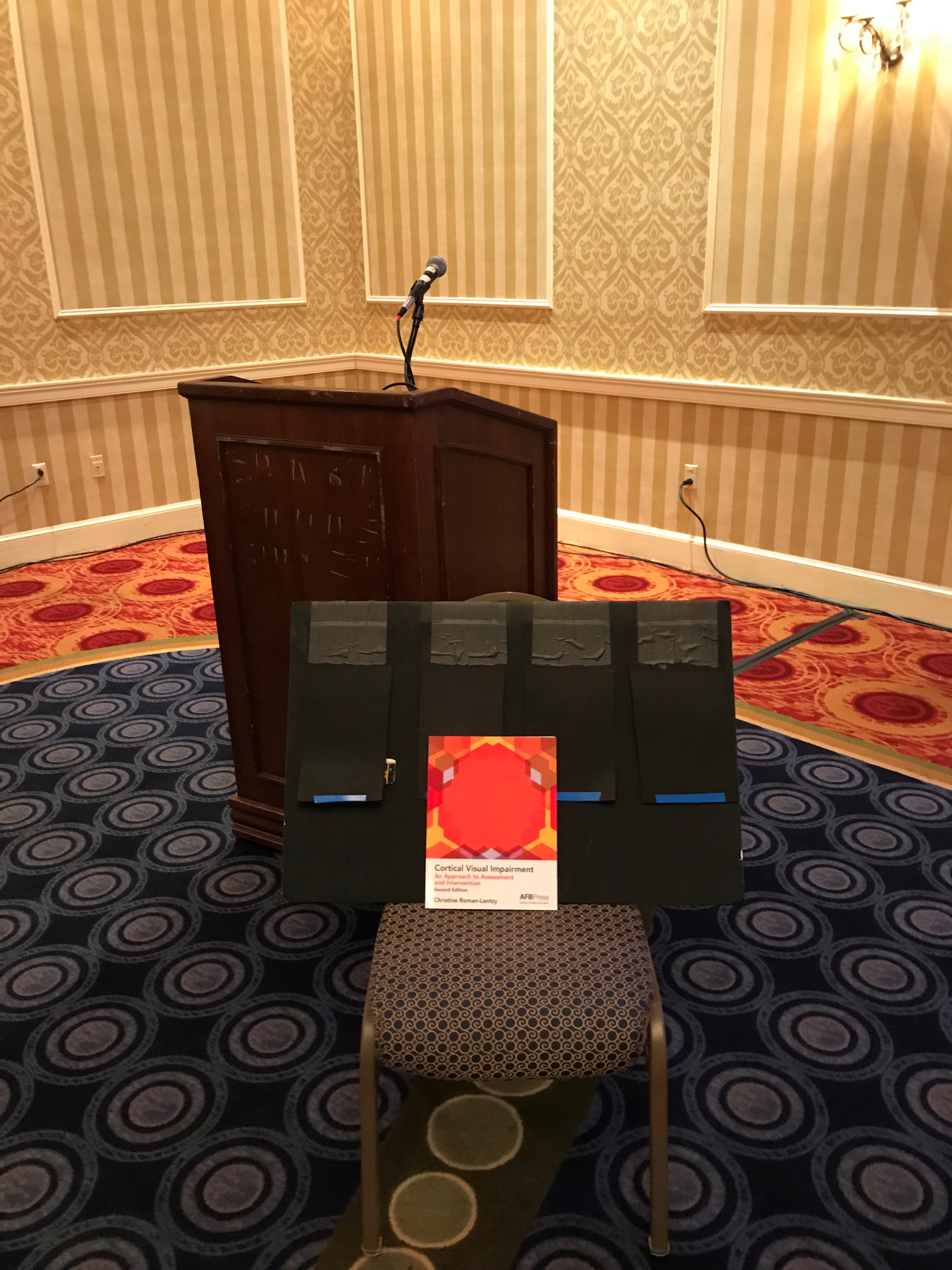


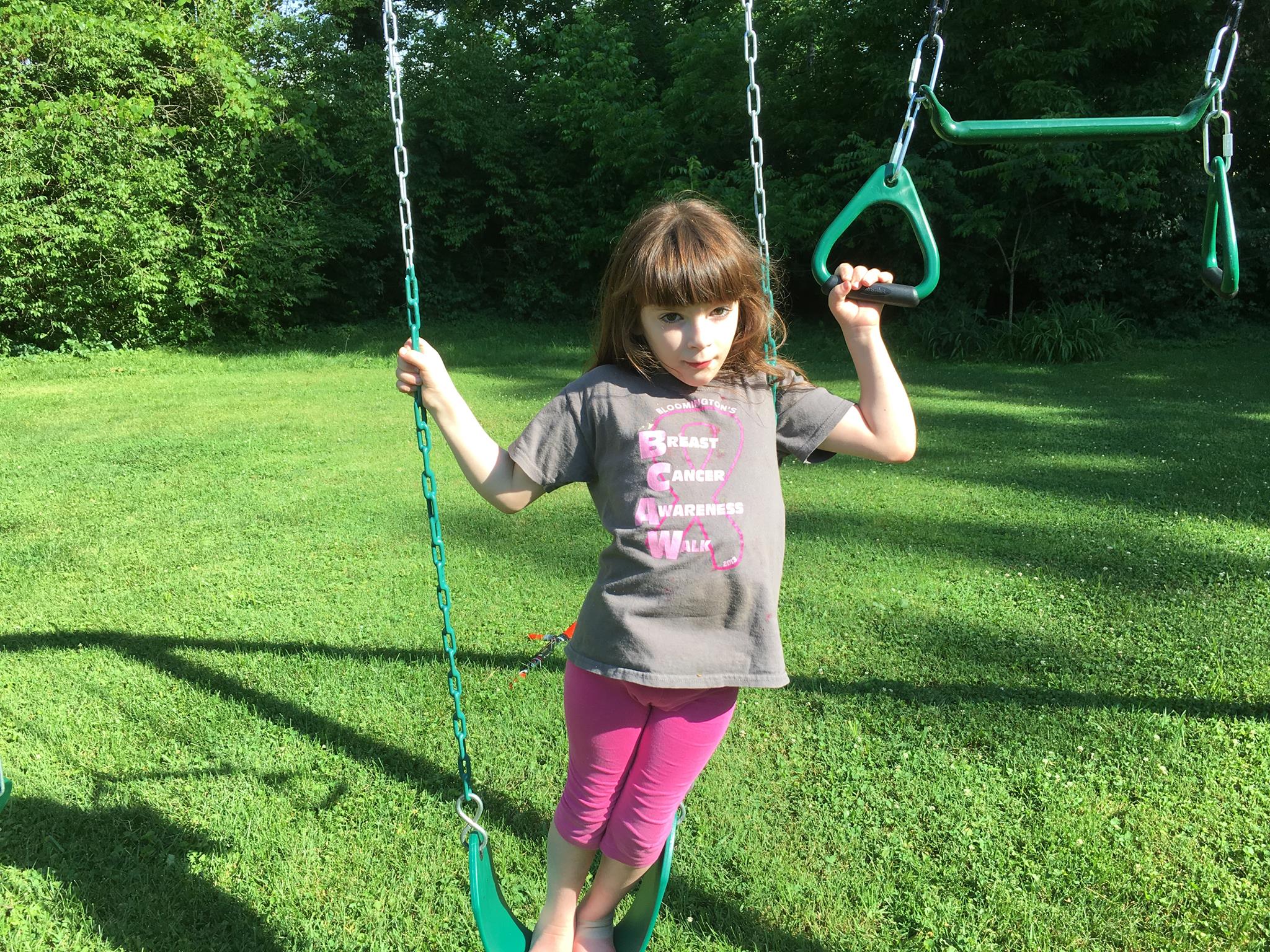
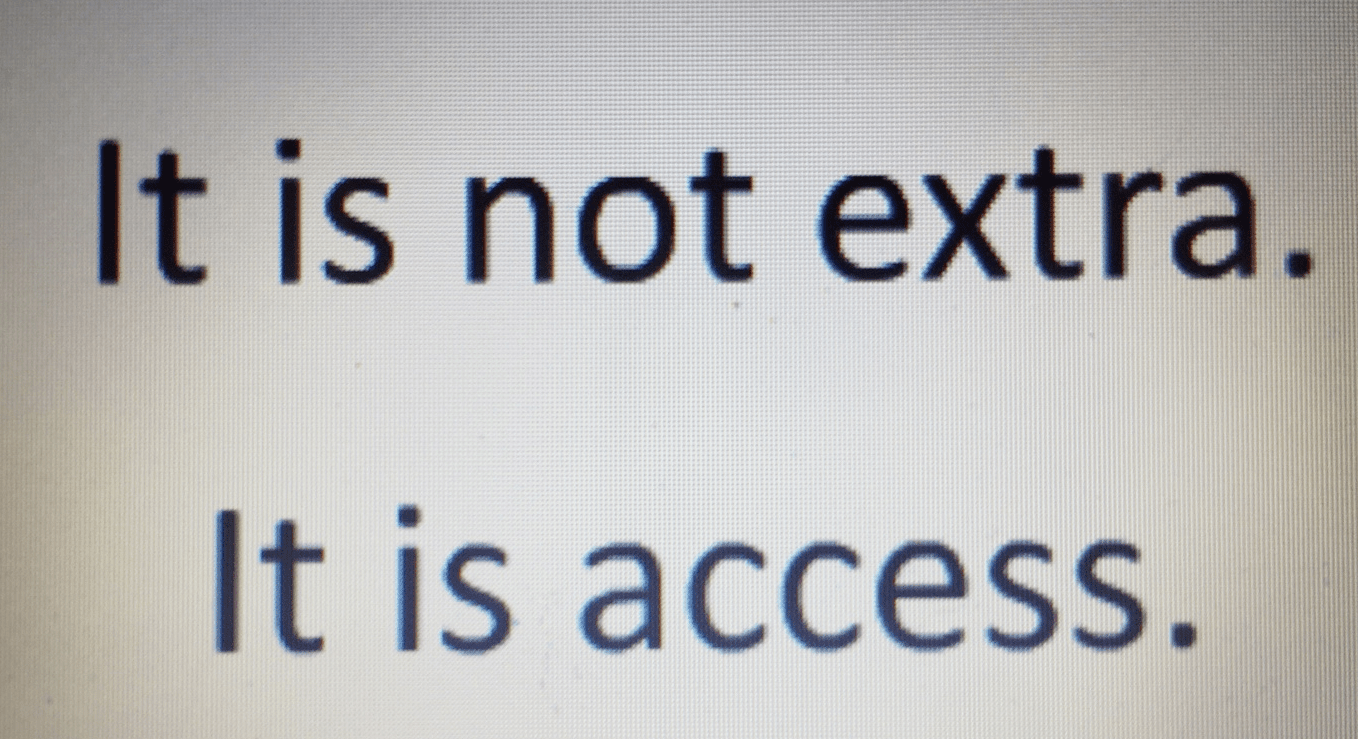

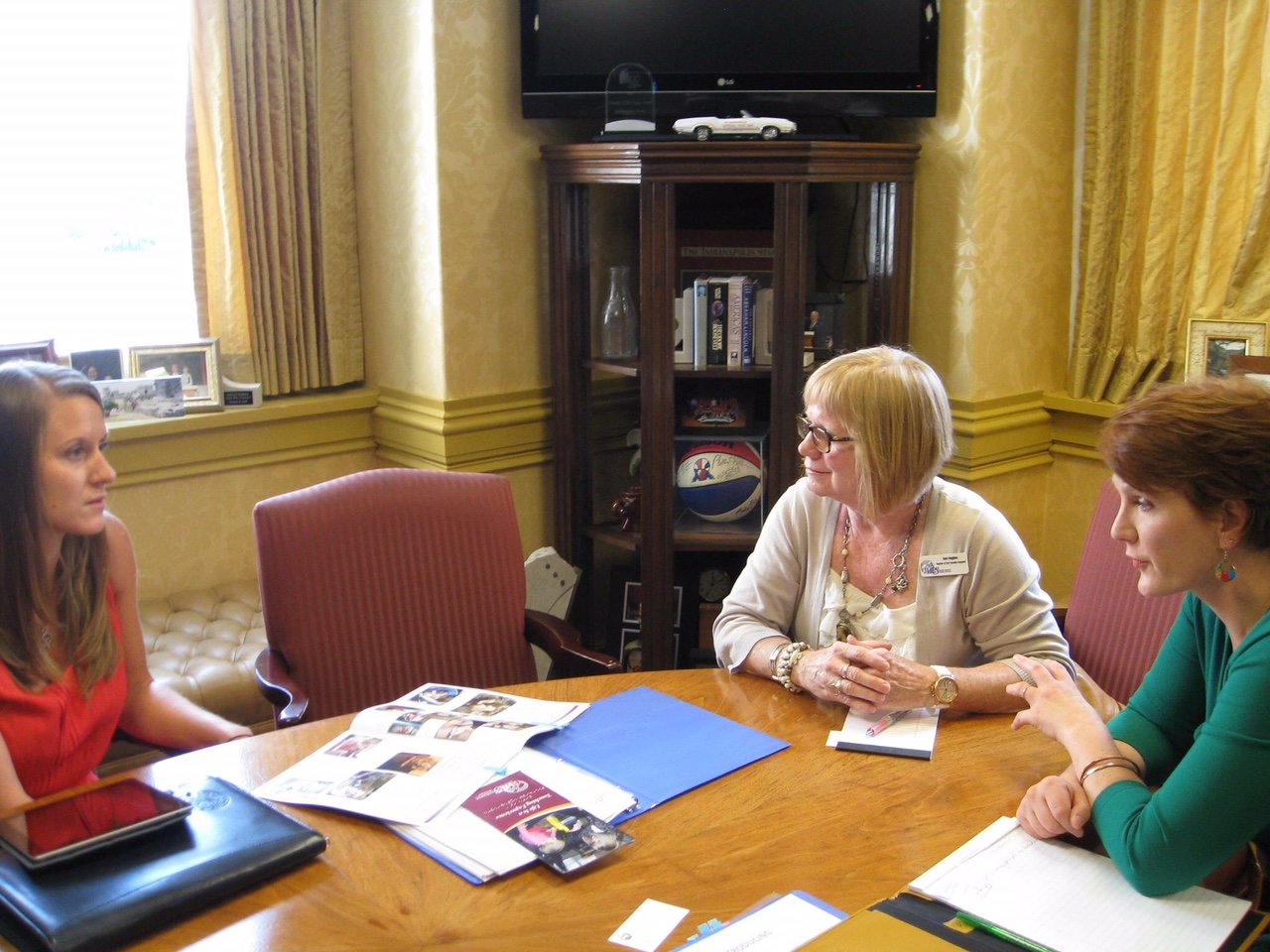

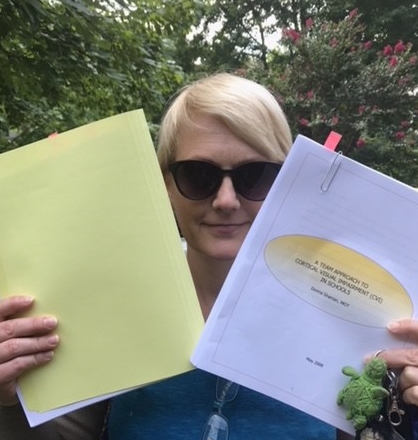

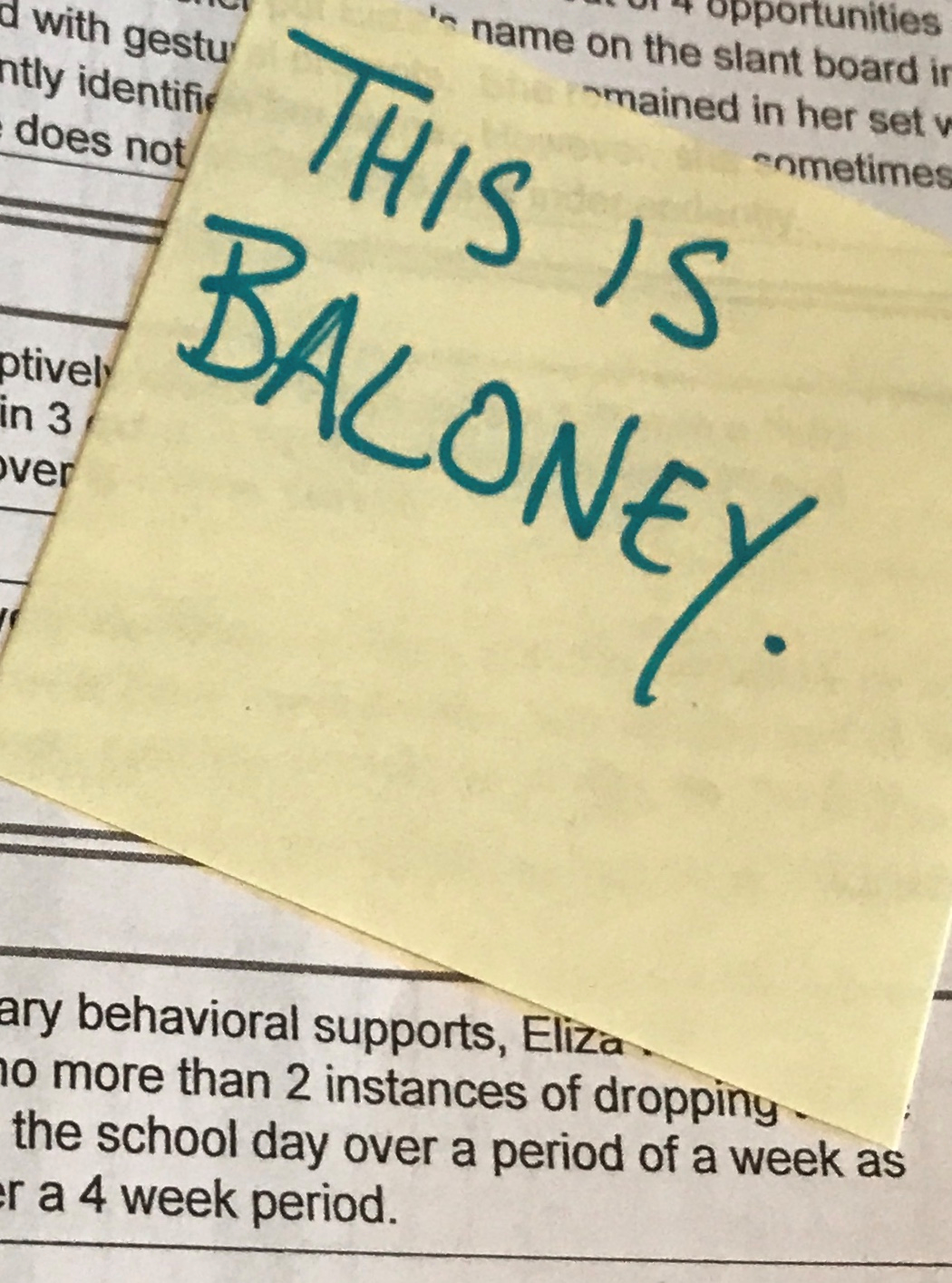

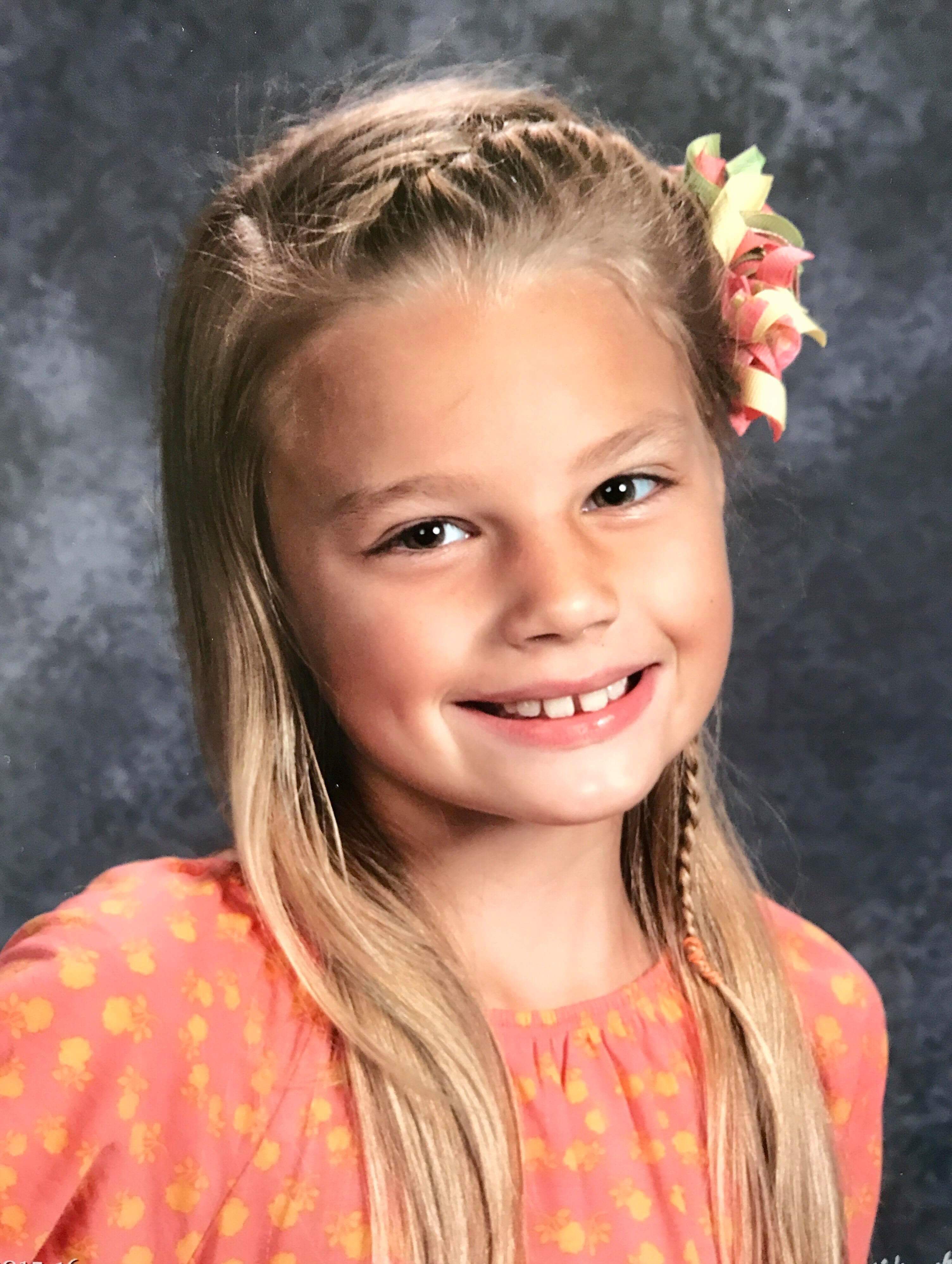

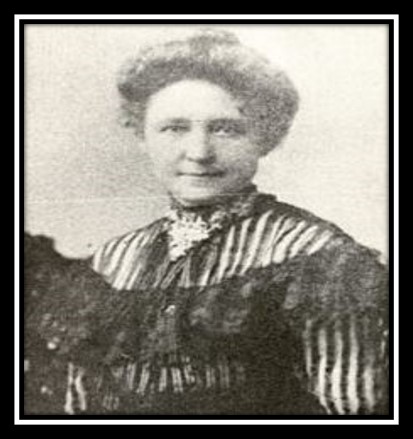


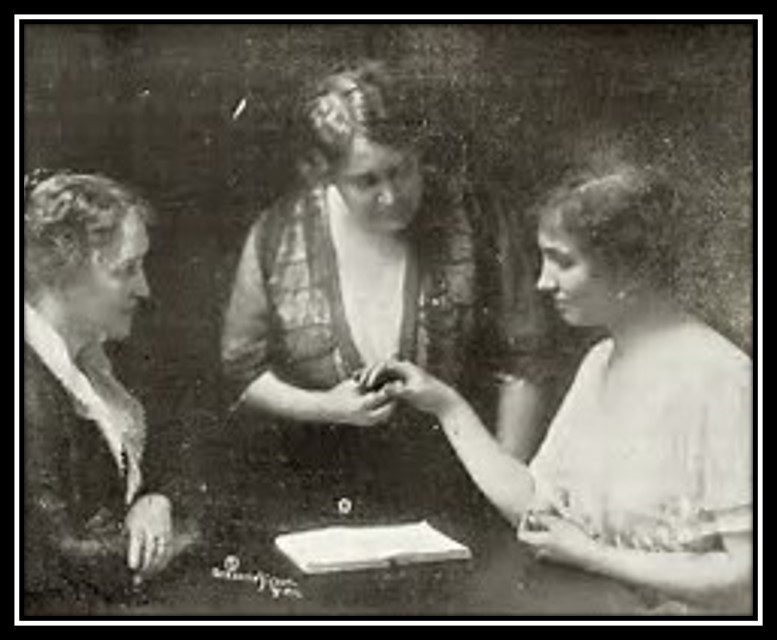



![Baby_E[1]](https://cvimomifesto.com/wp-content/uploads/2017/08/baby_e1.jpg)

![000_0002 [325201]](https://cvimomifesto.com/wp-content/uploads/2017/12/000_0002-325201.jpg)


 .
. The AER Resolution, where’d it go?
The AER Resolution, where’d it go?